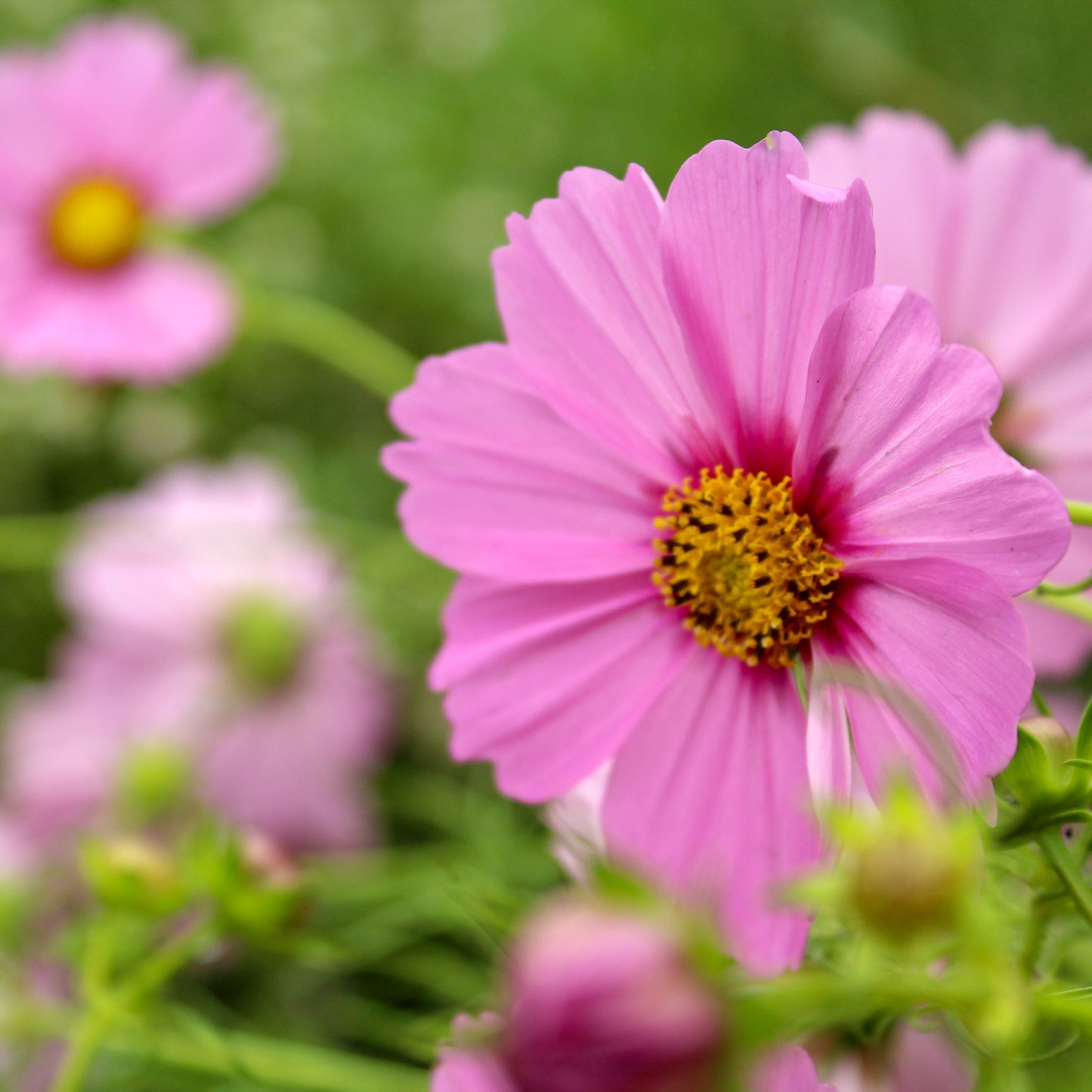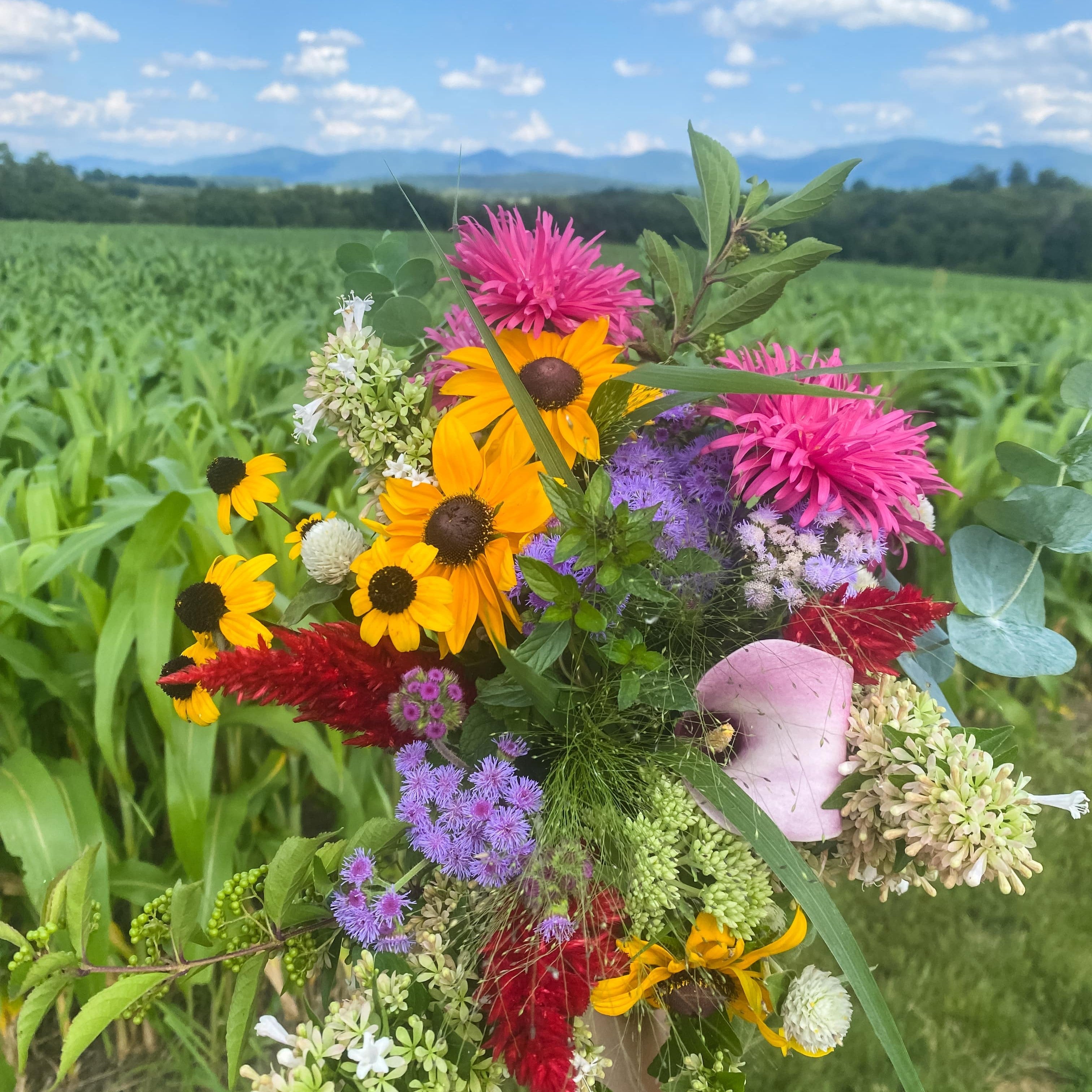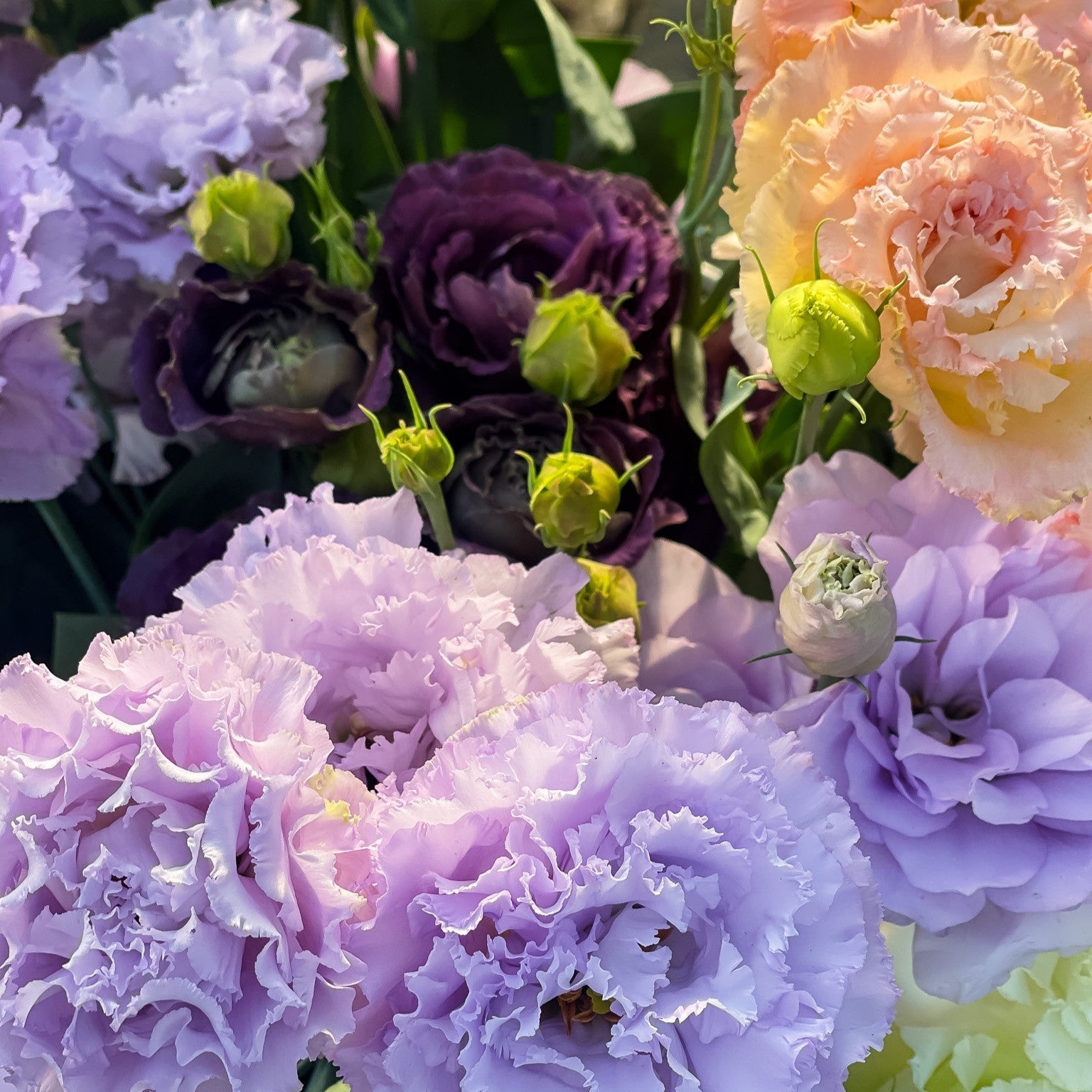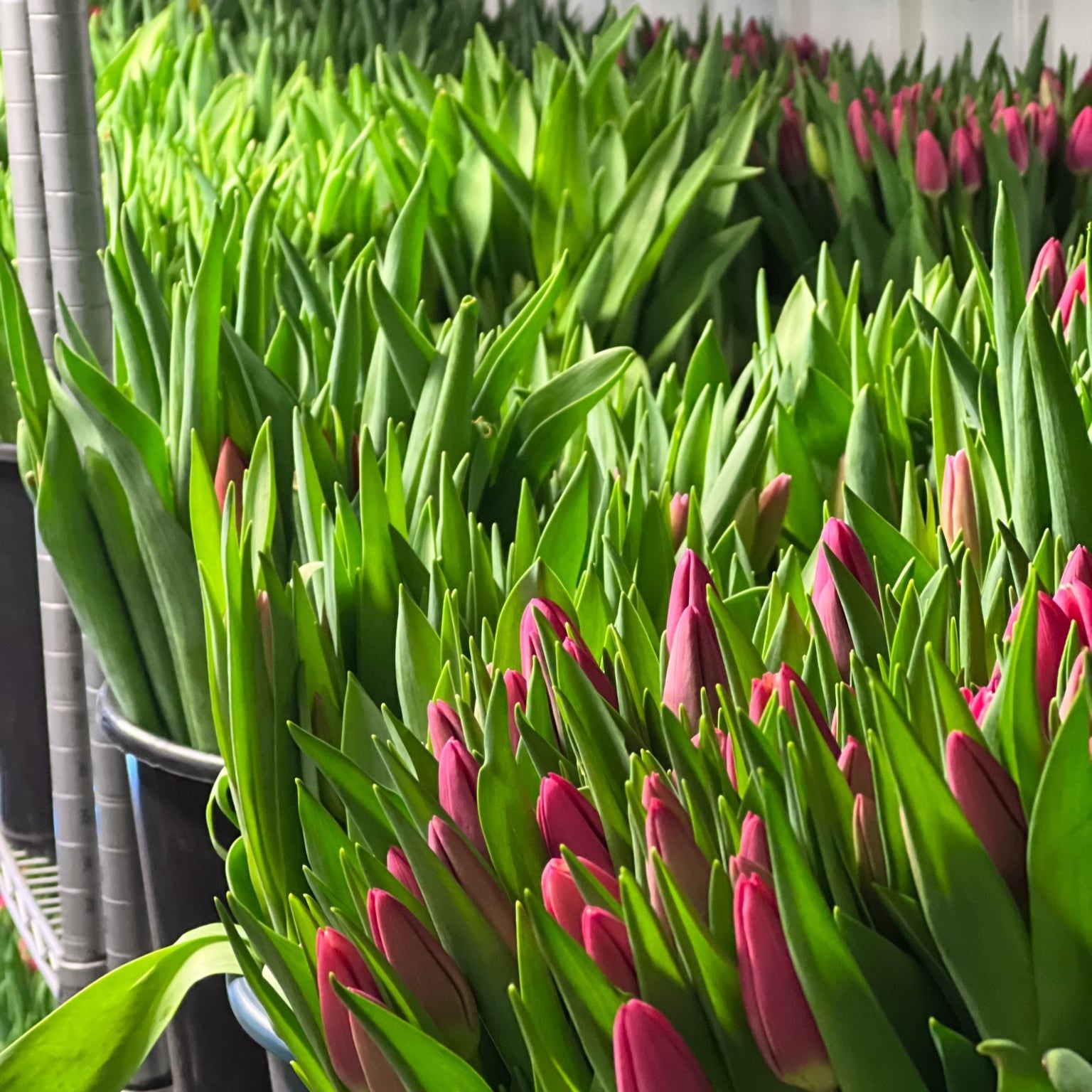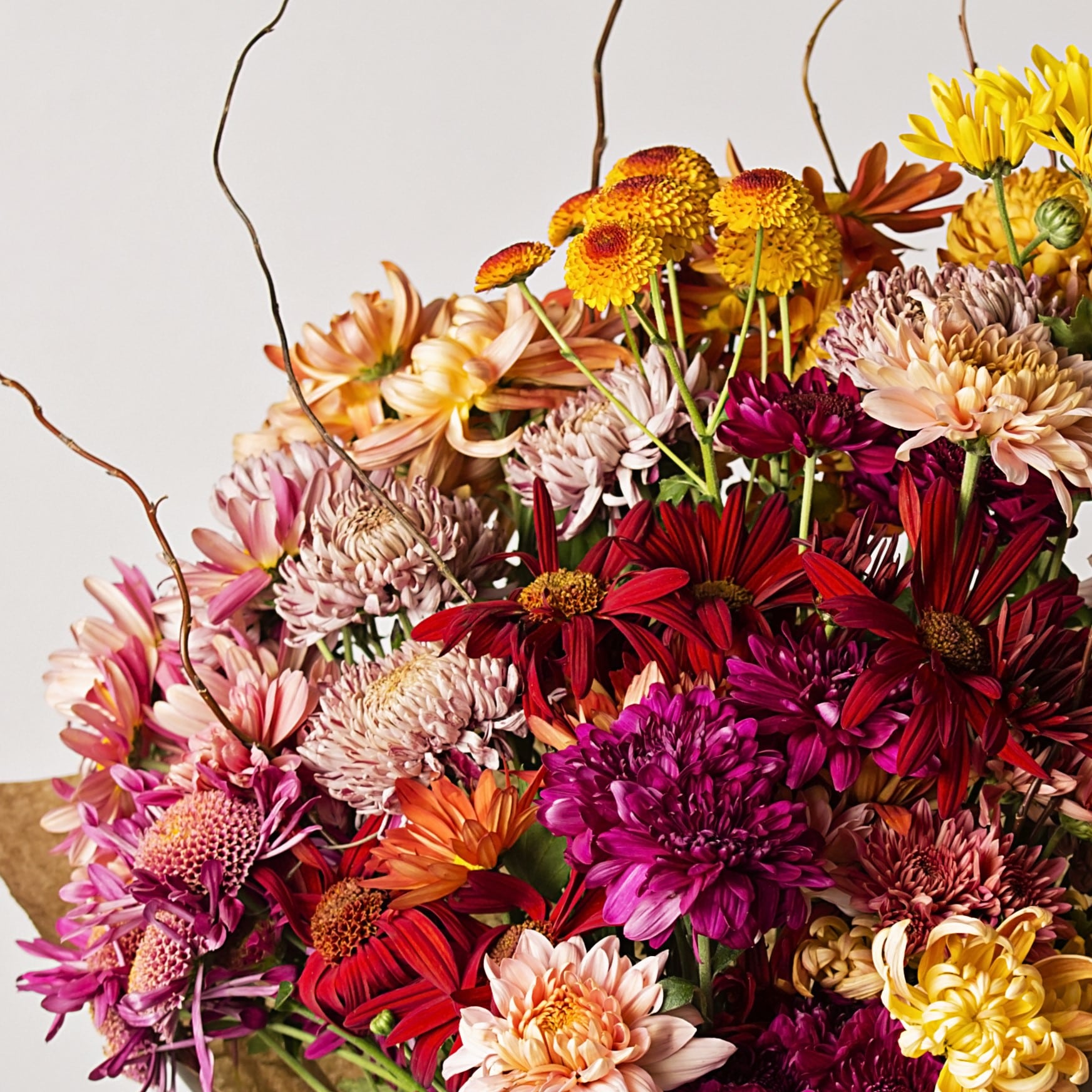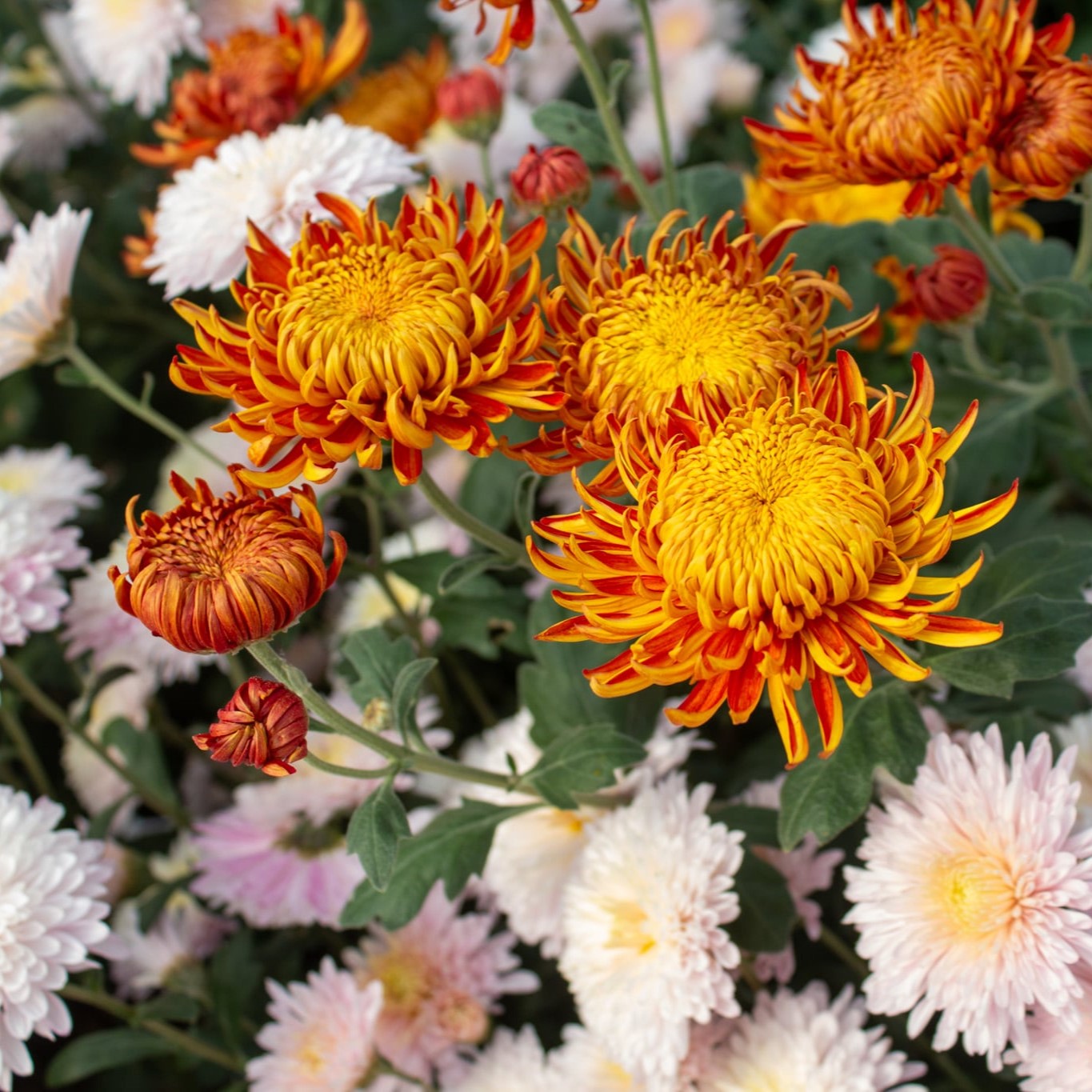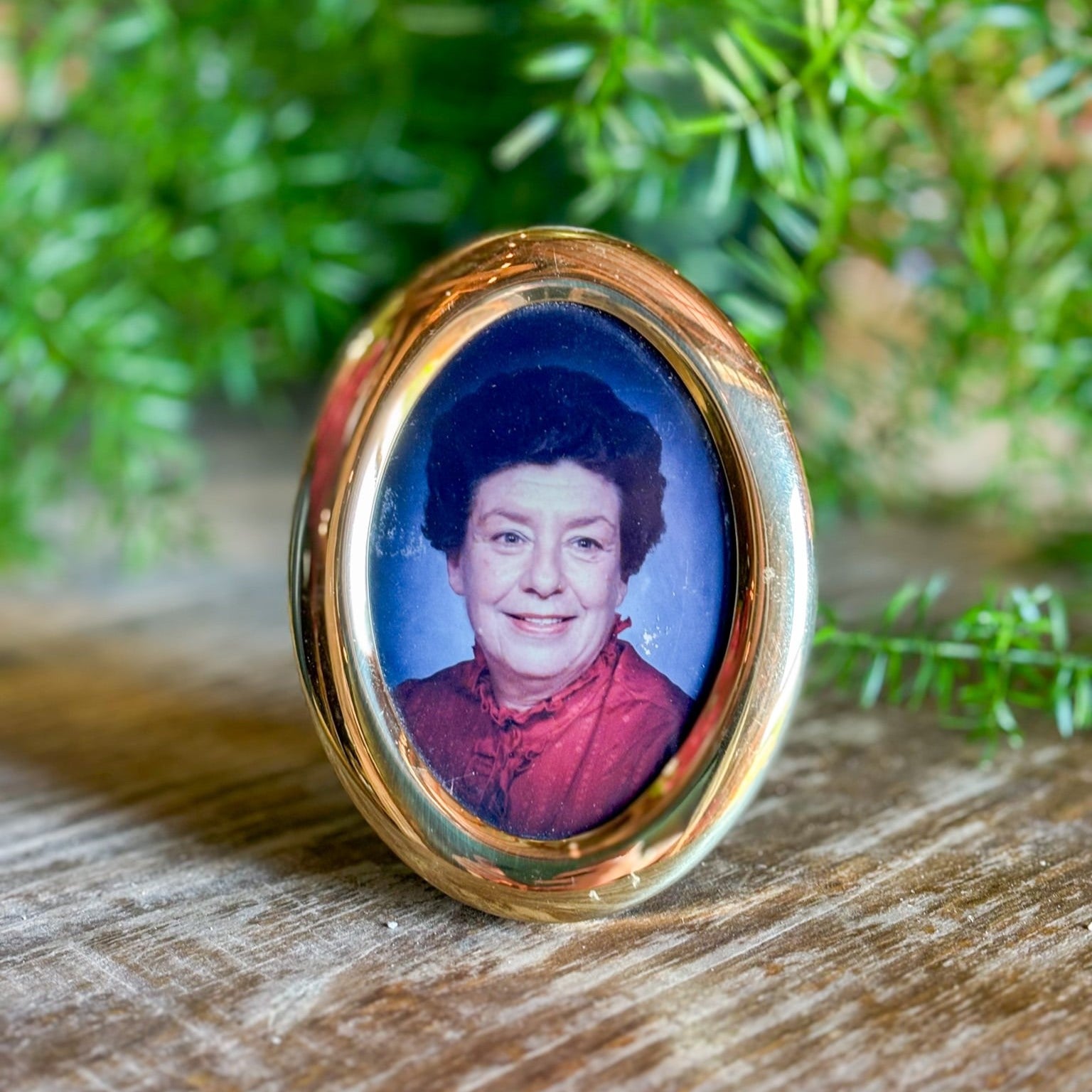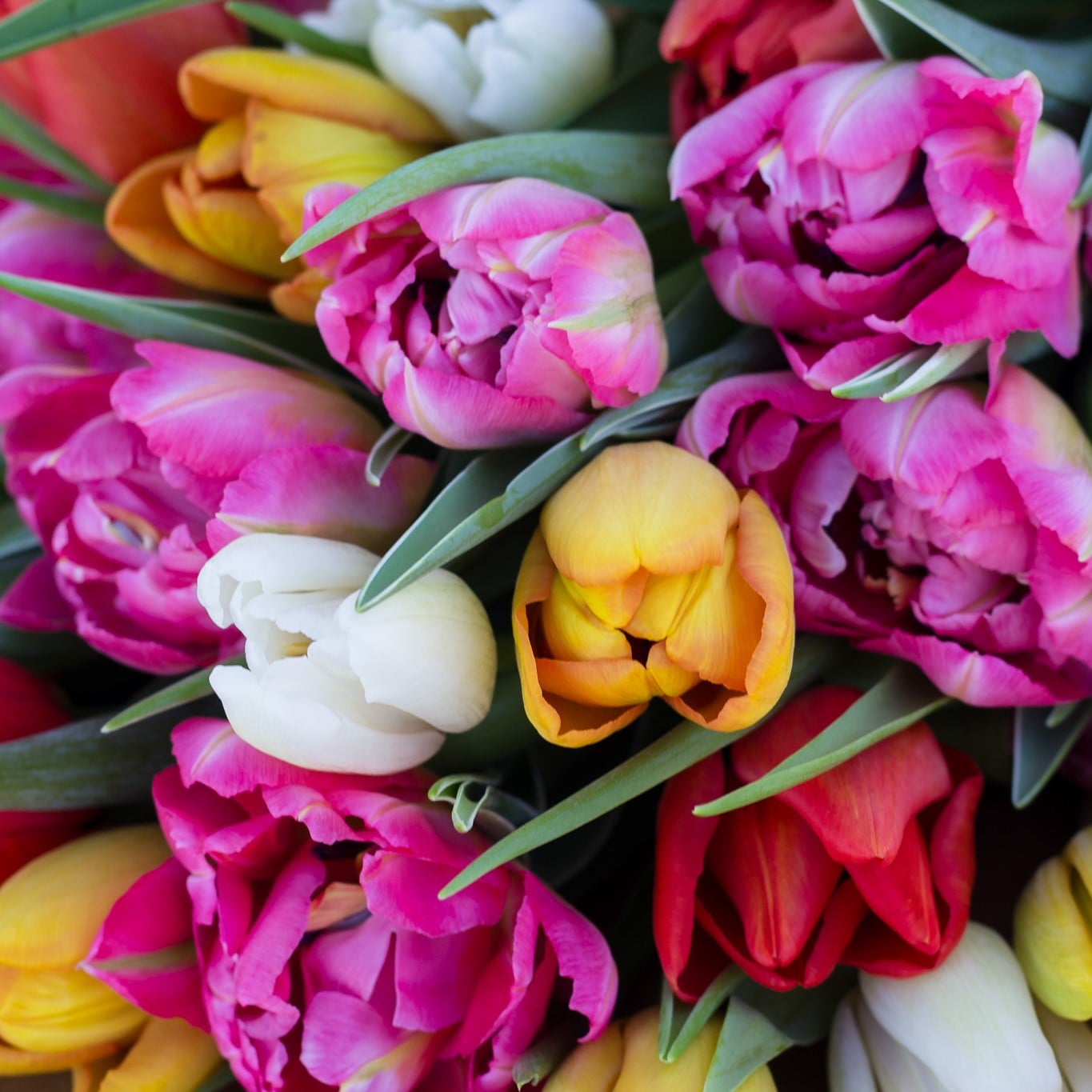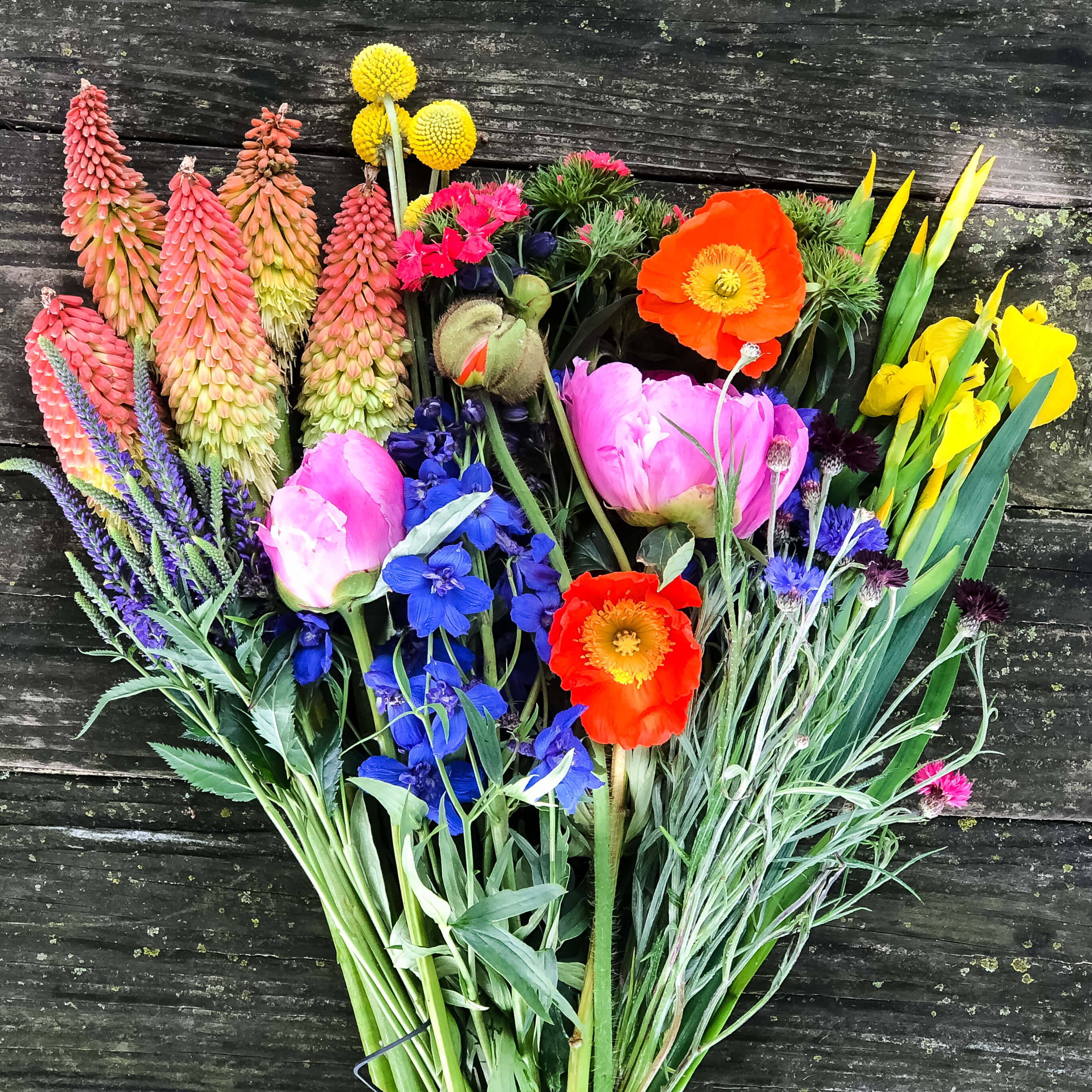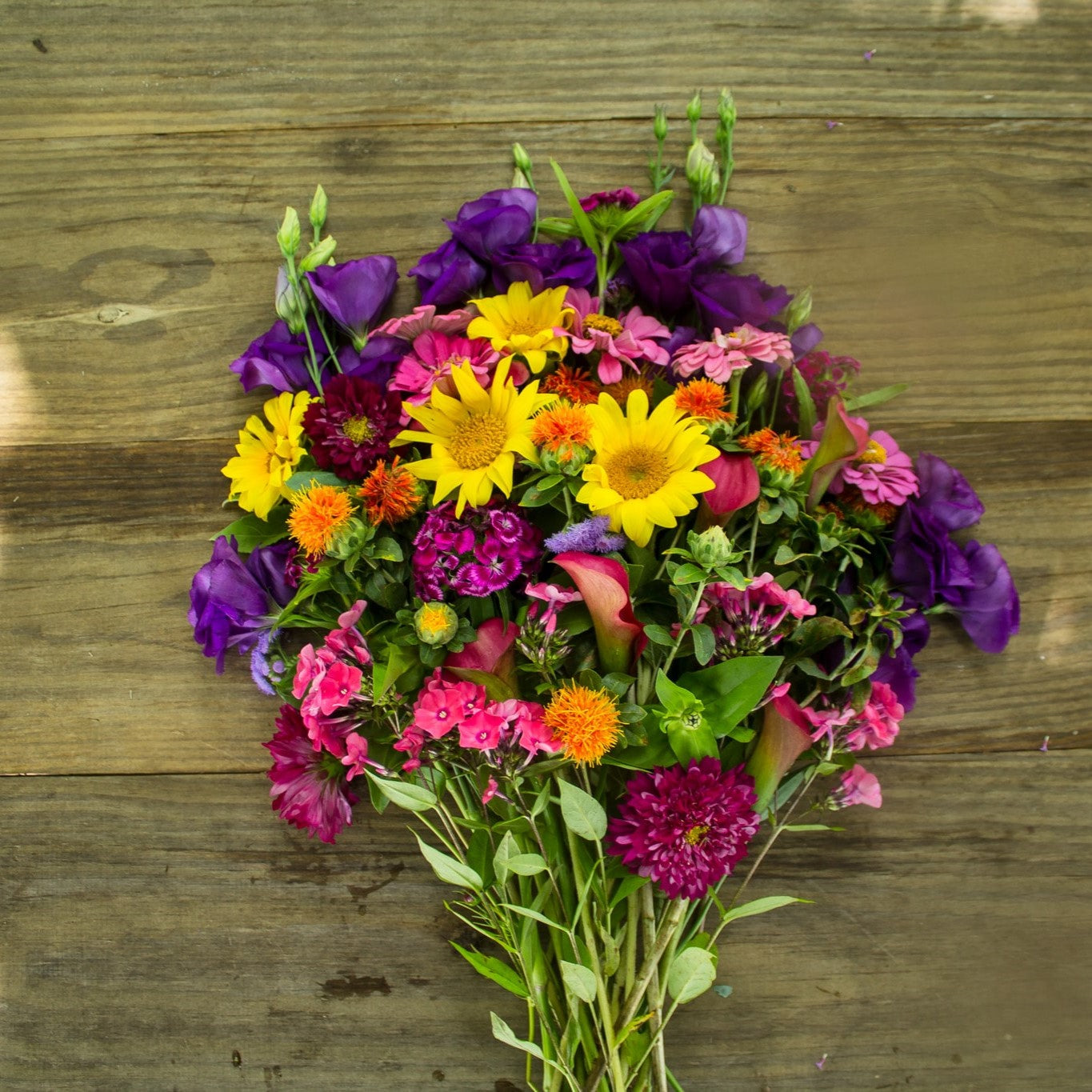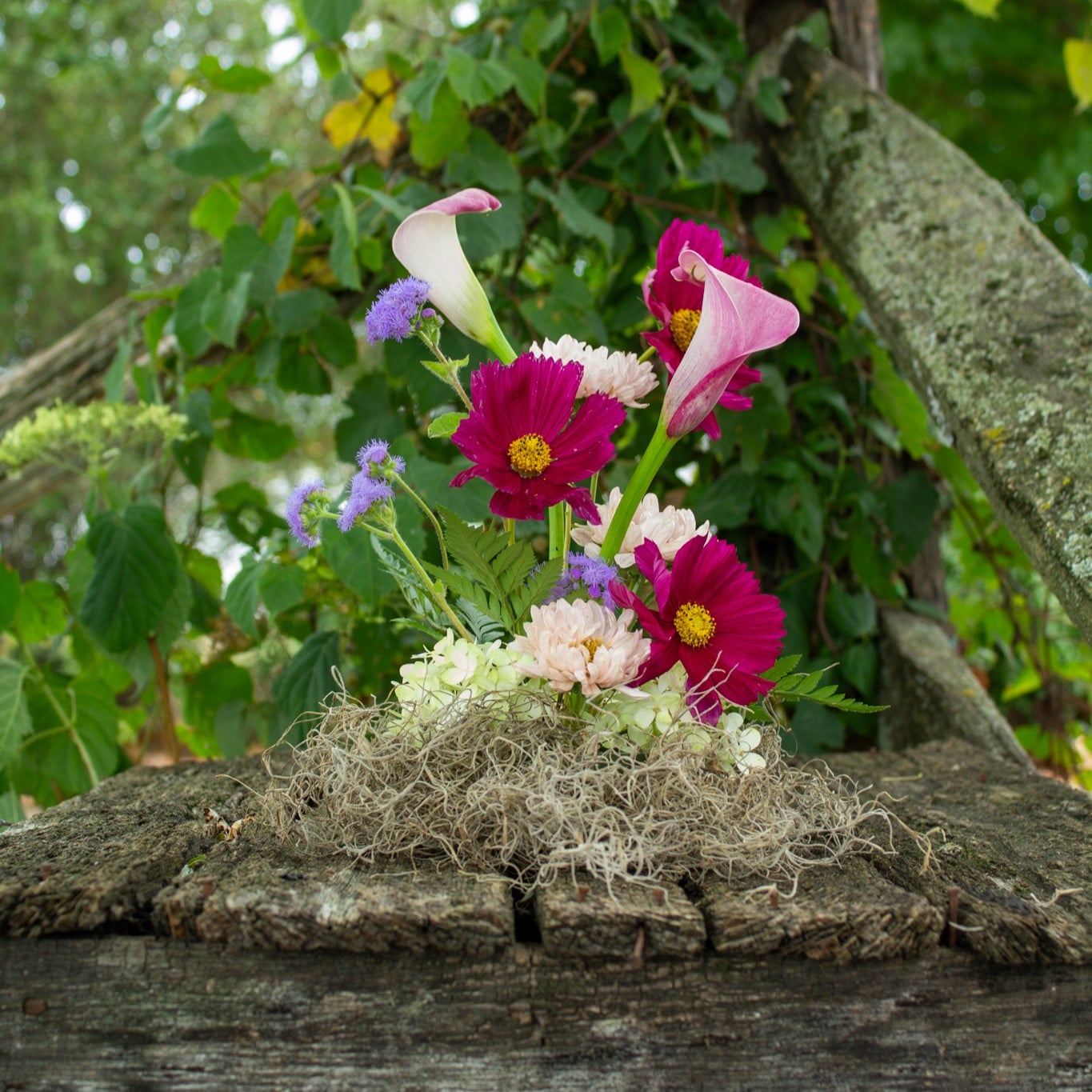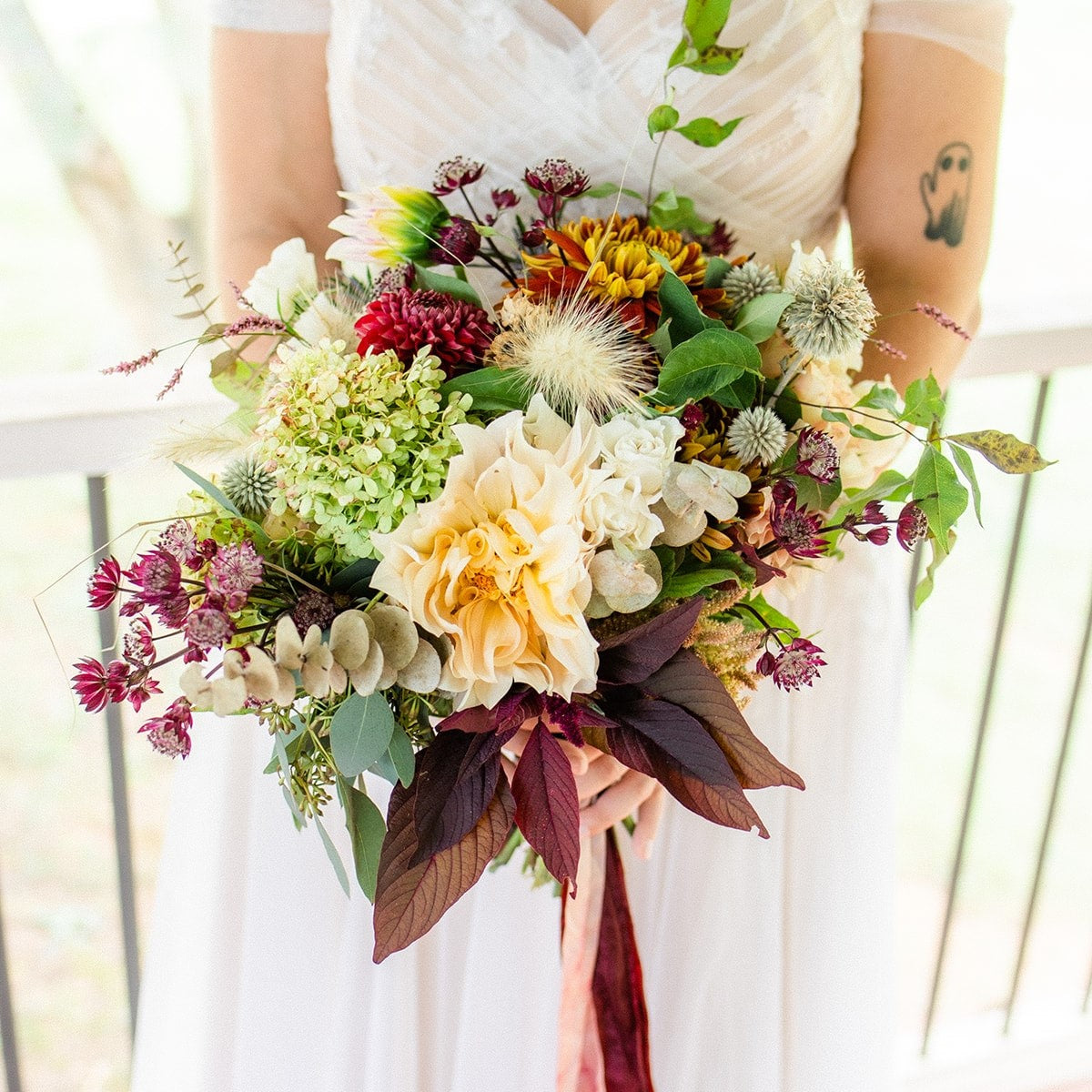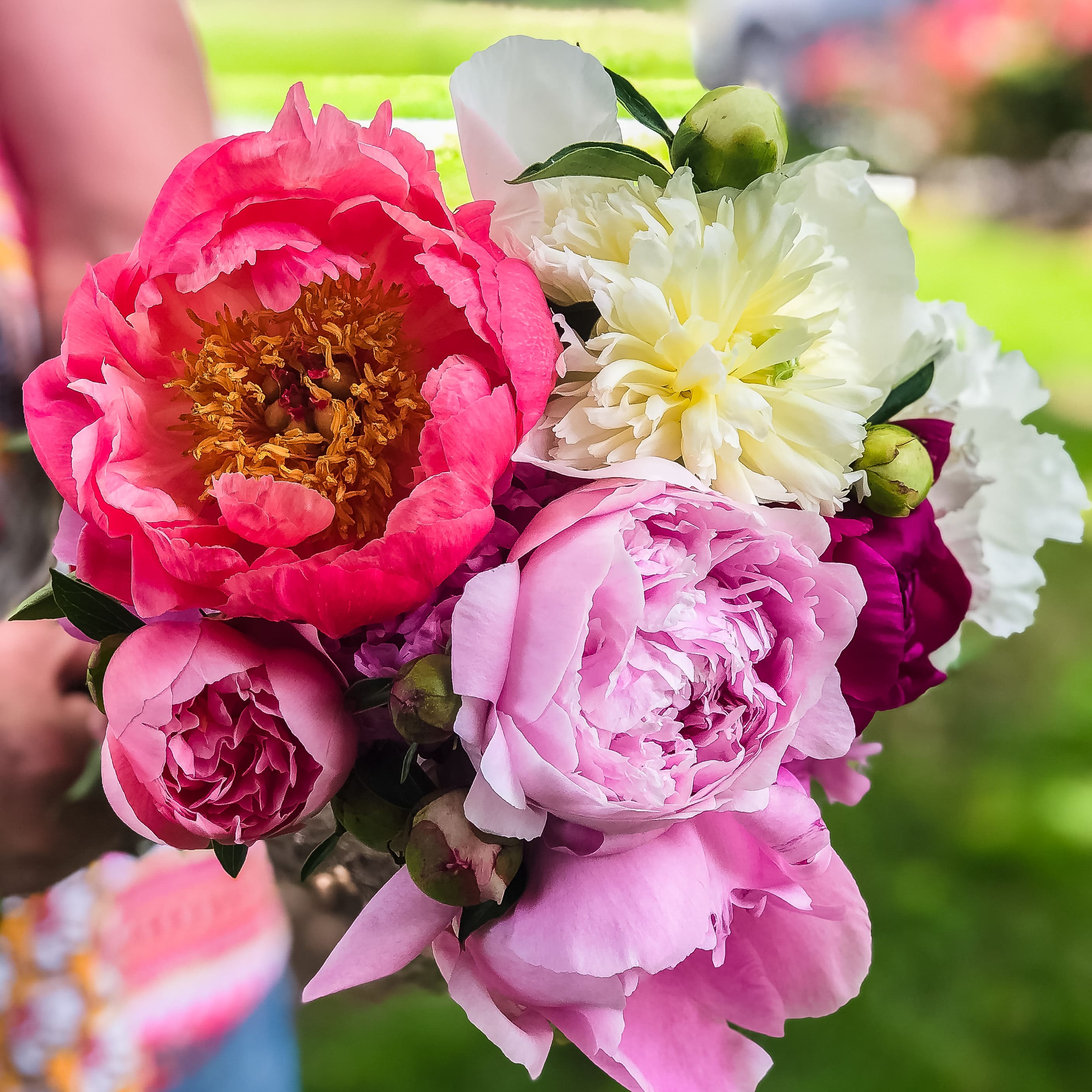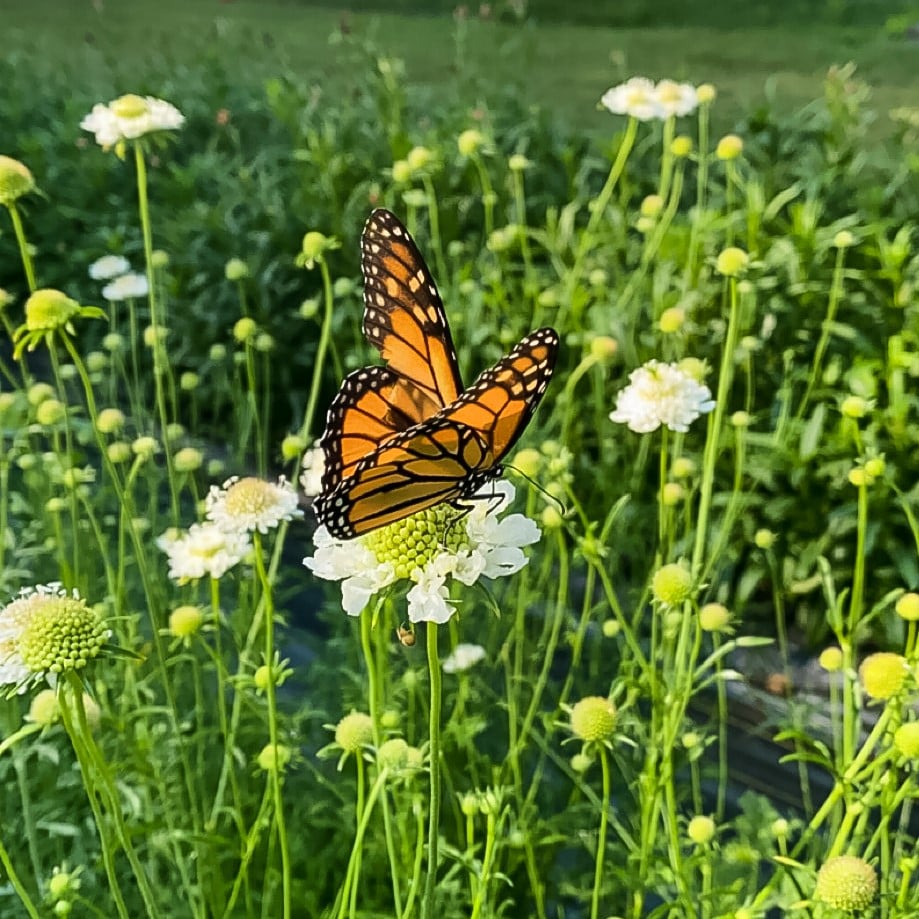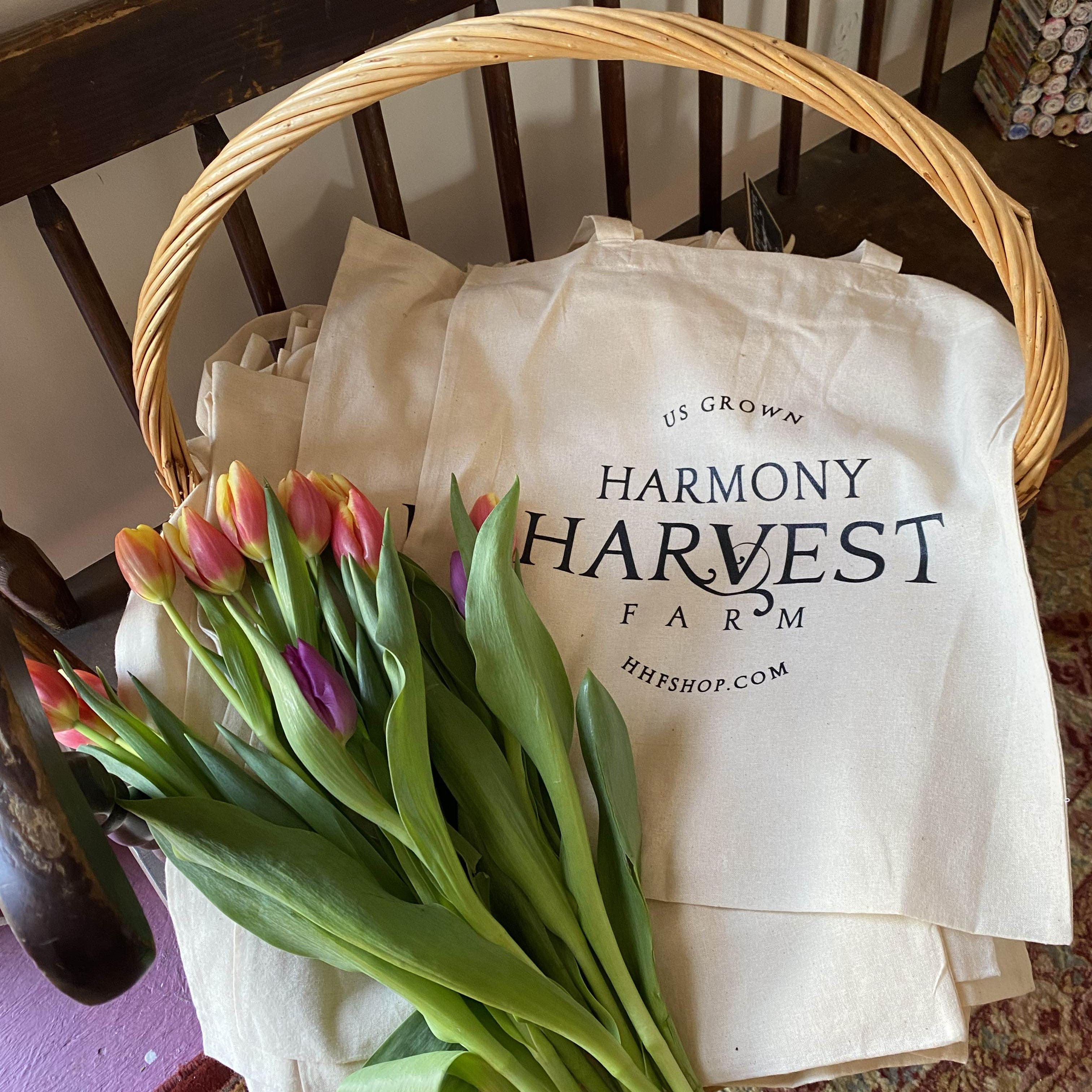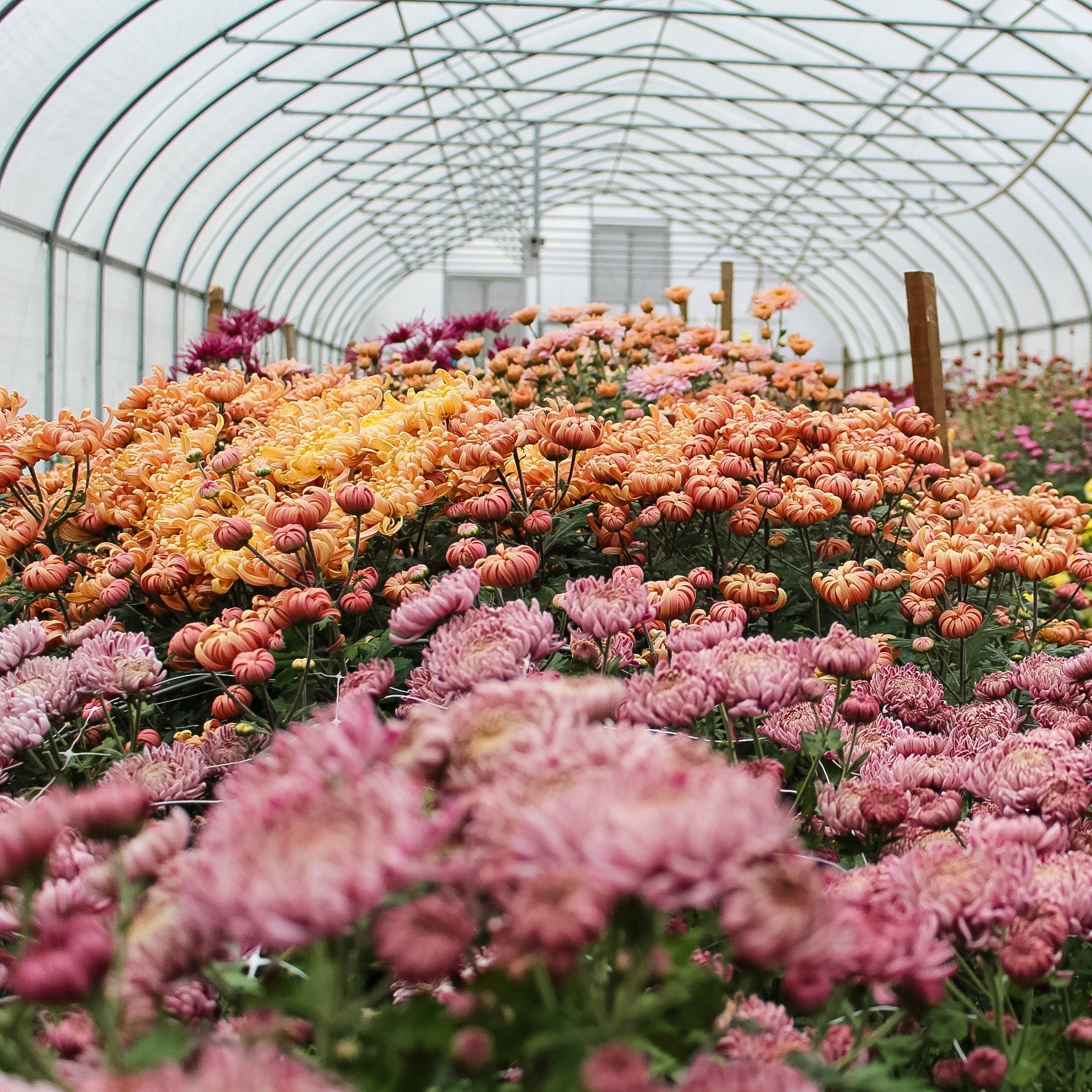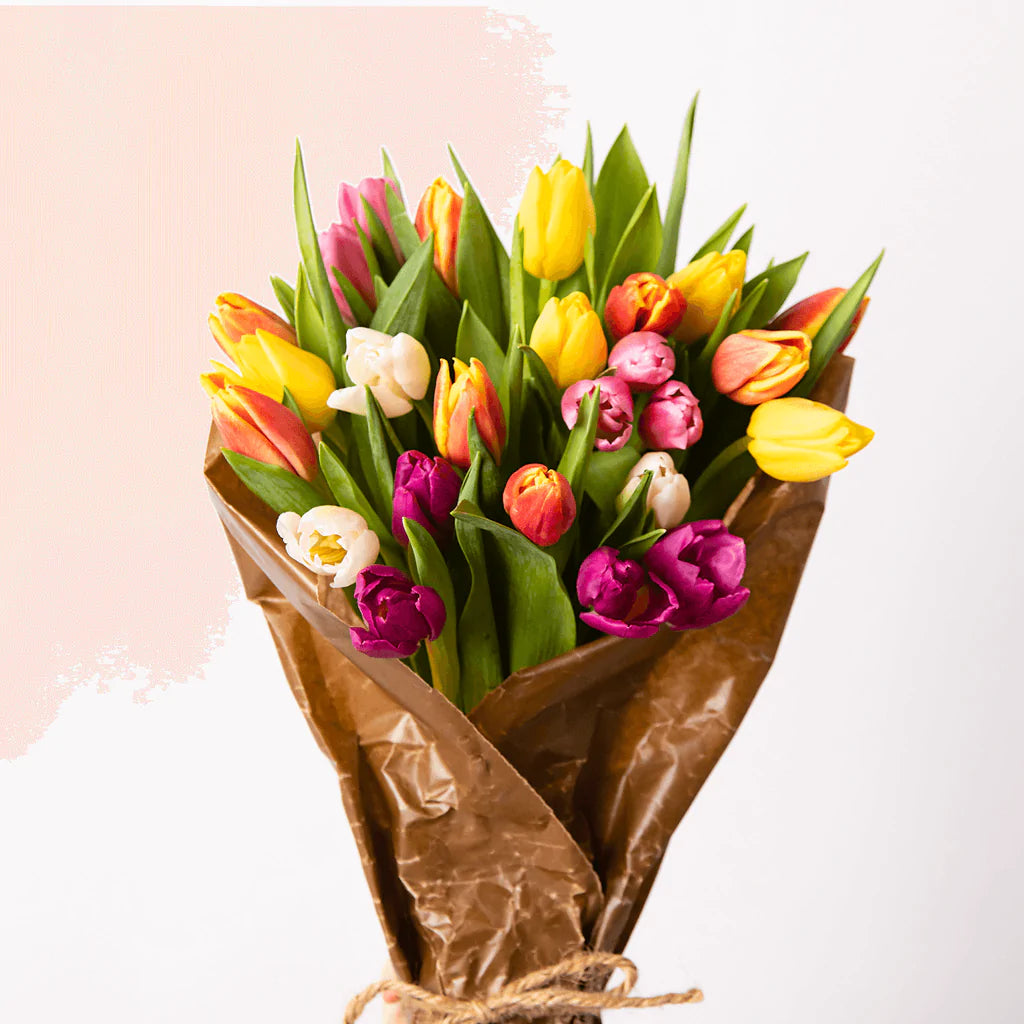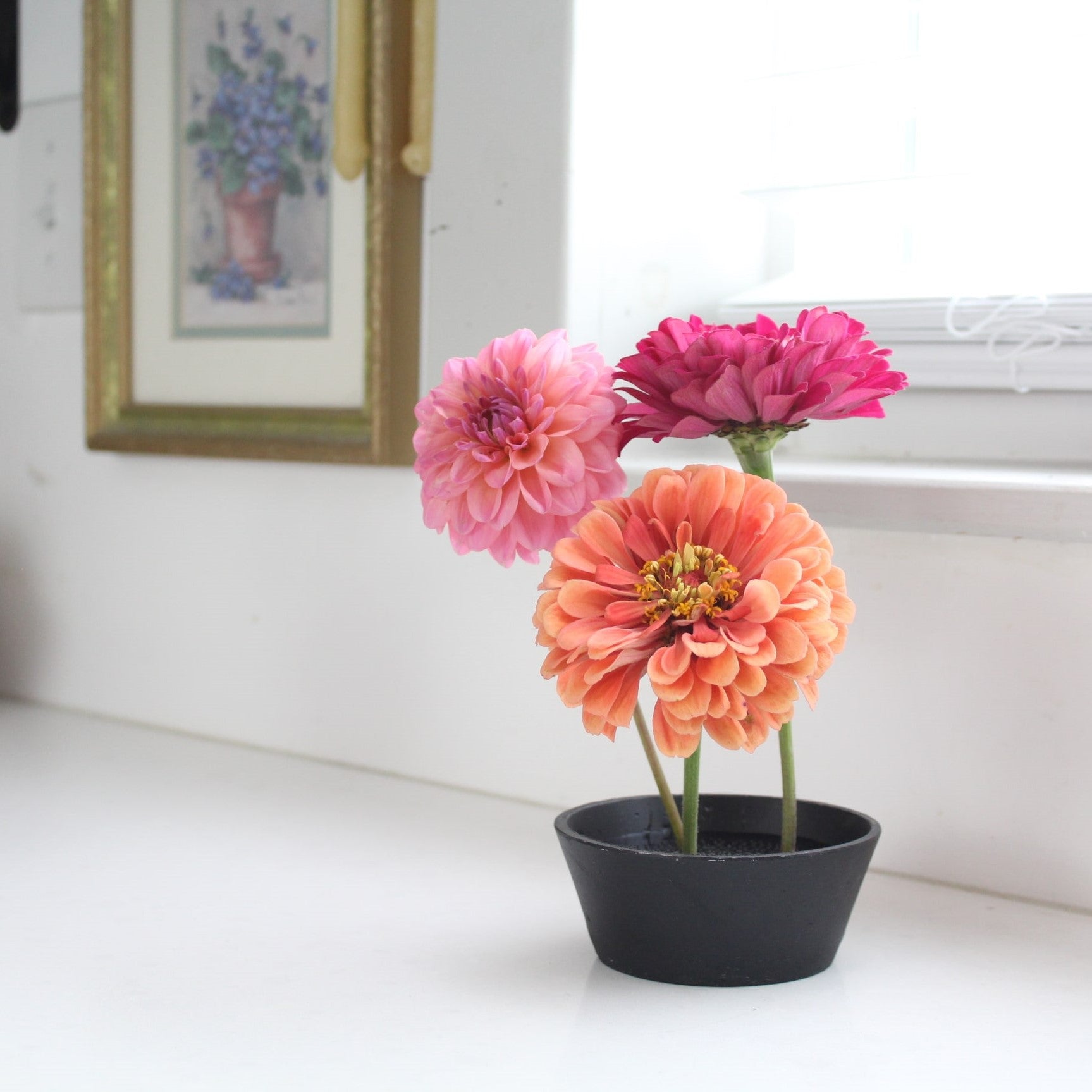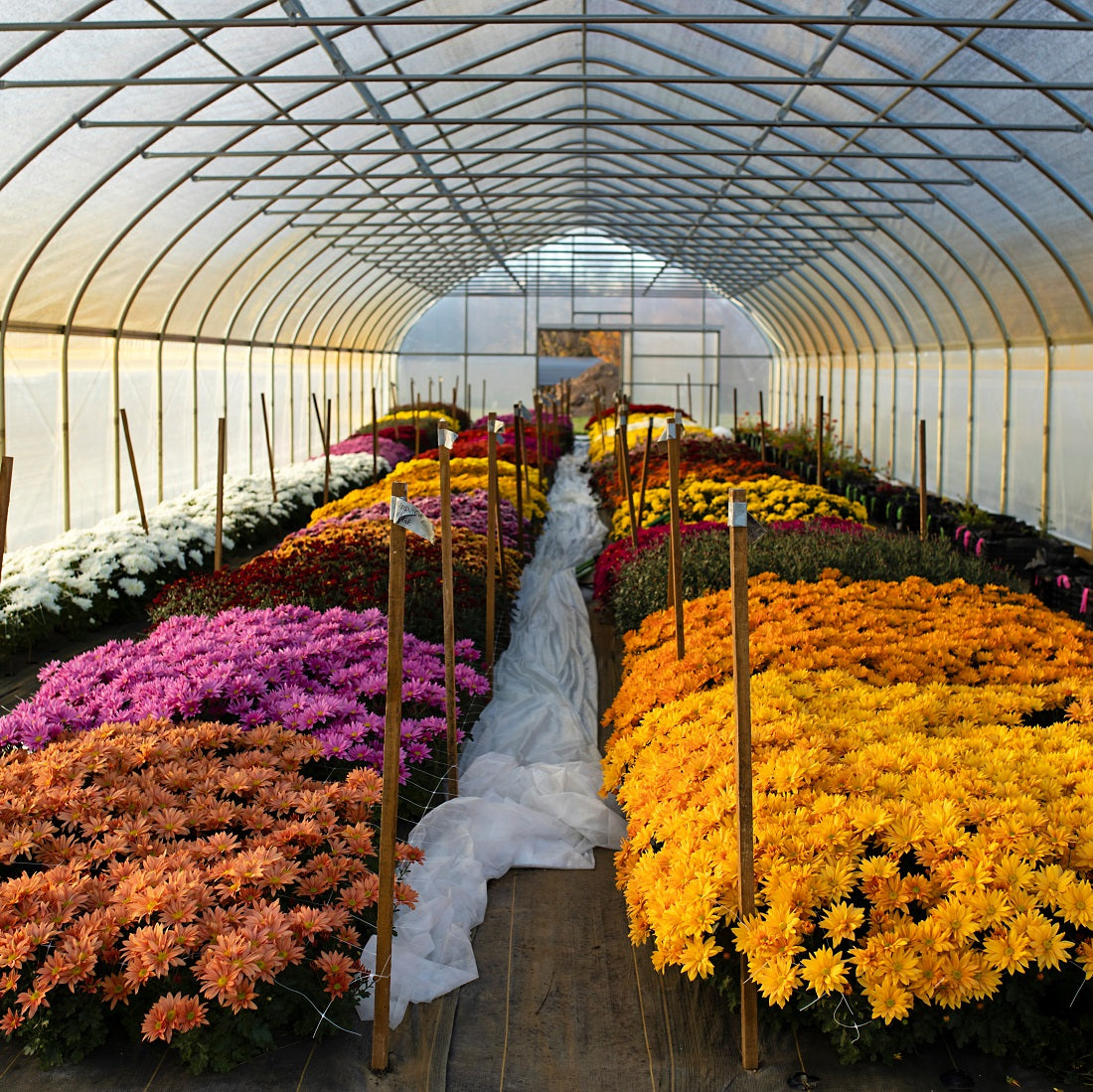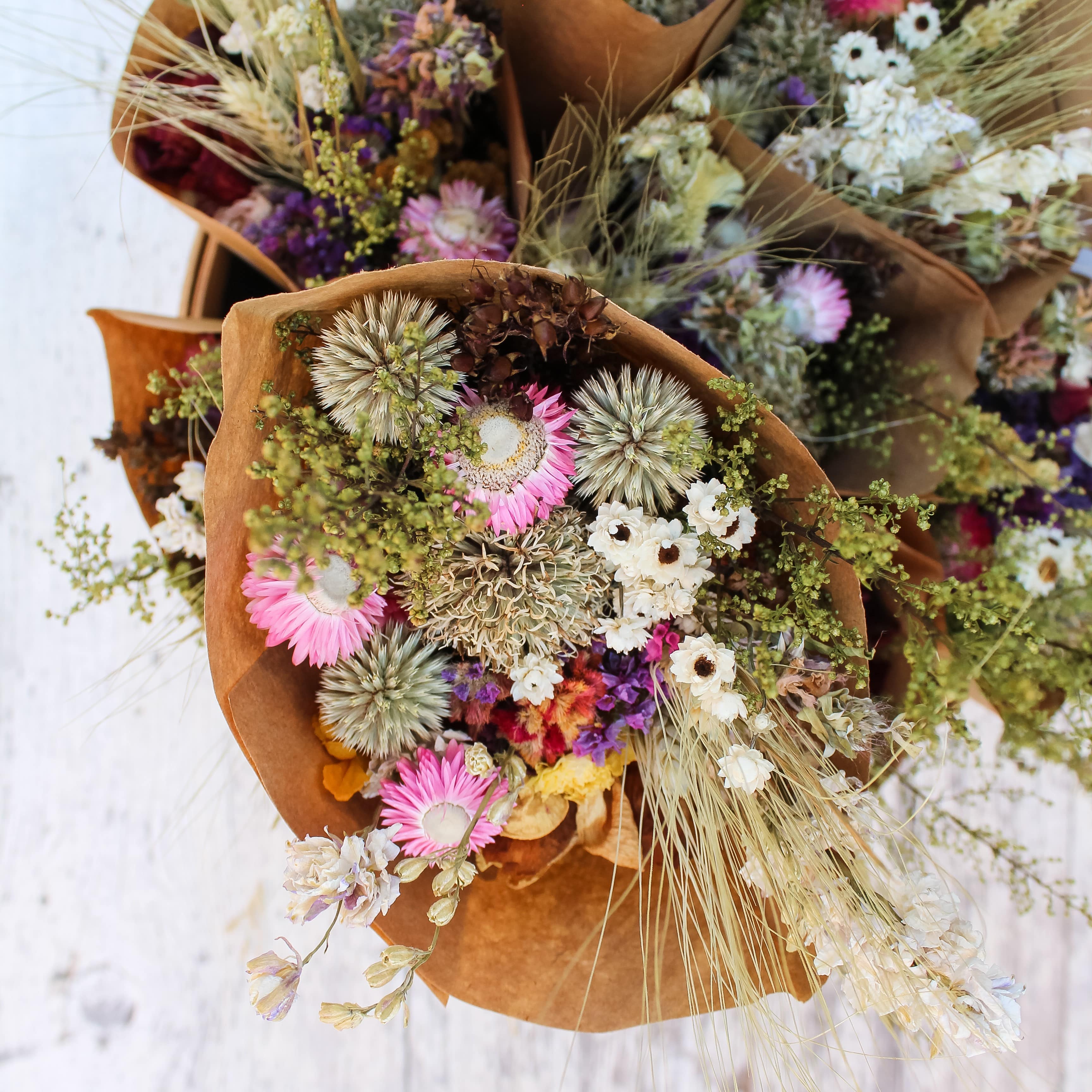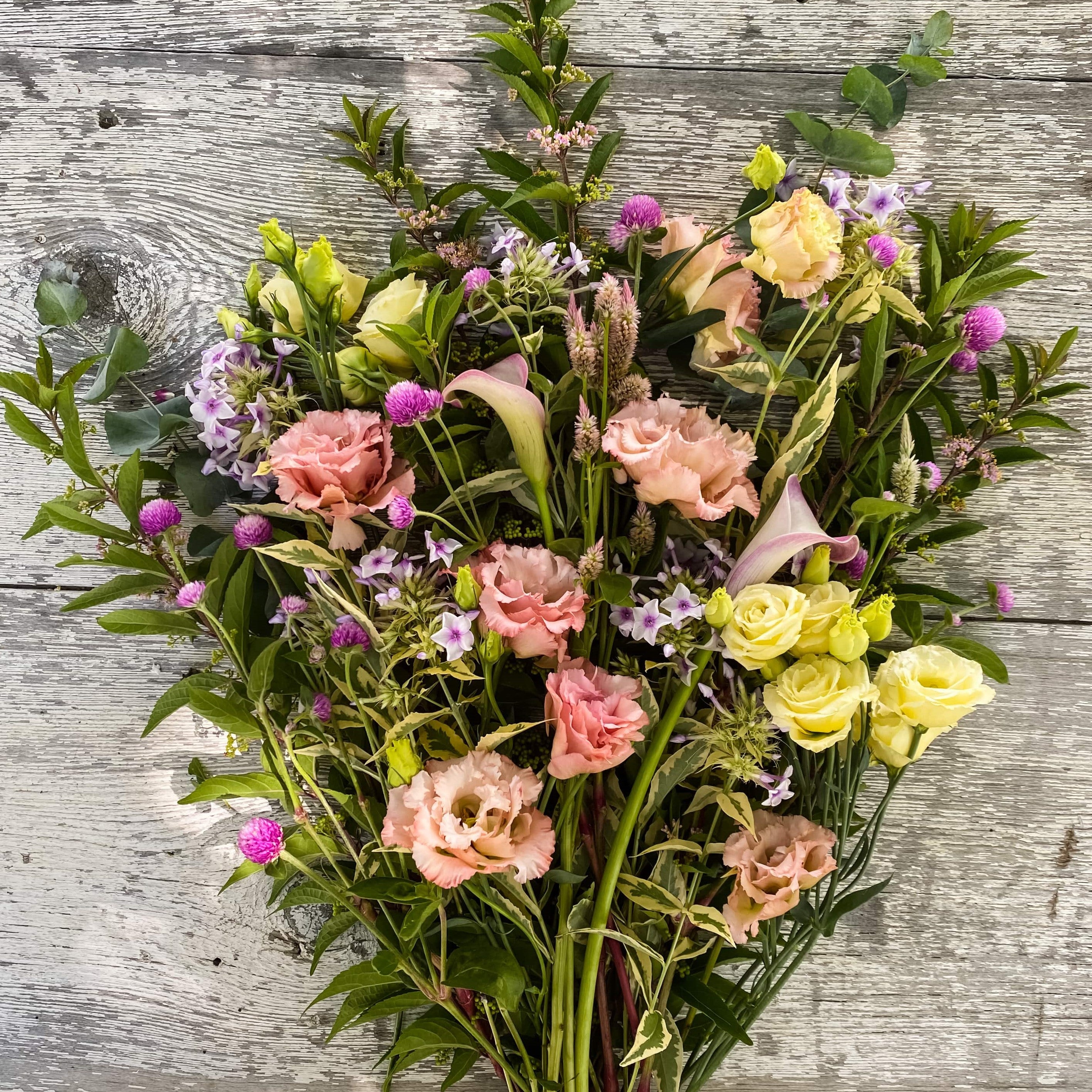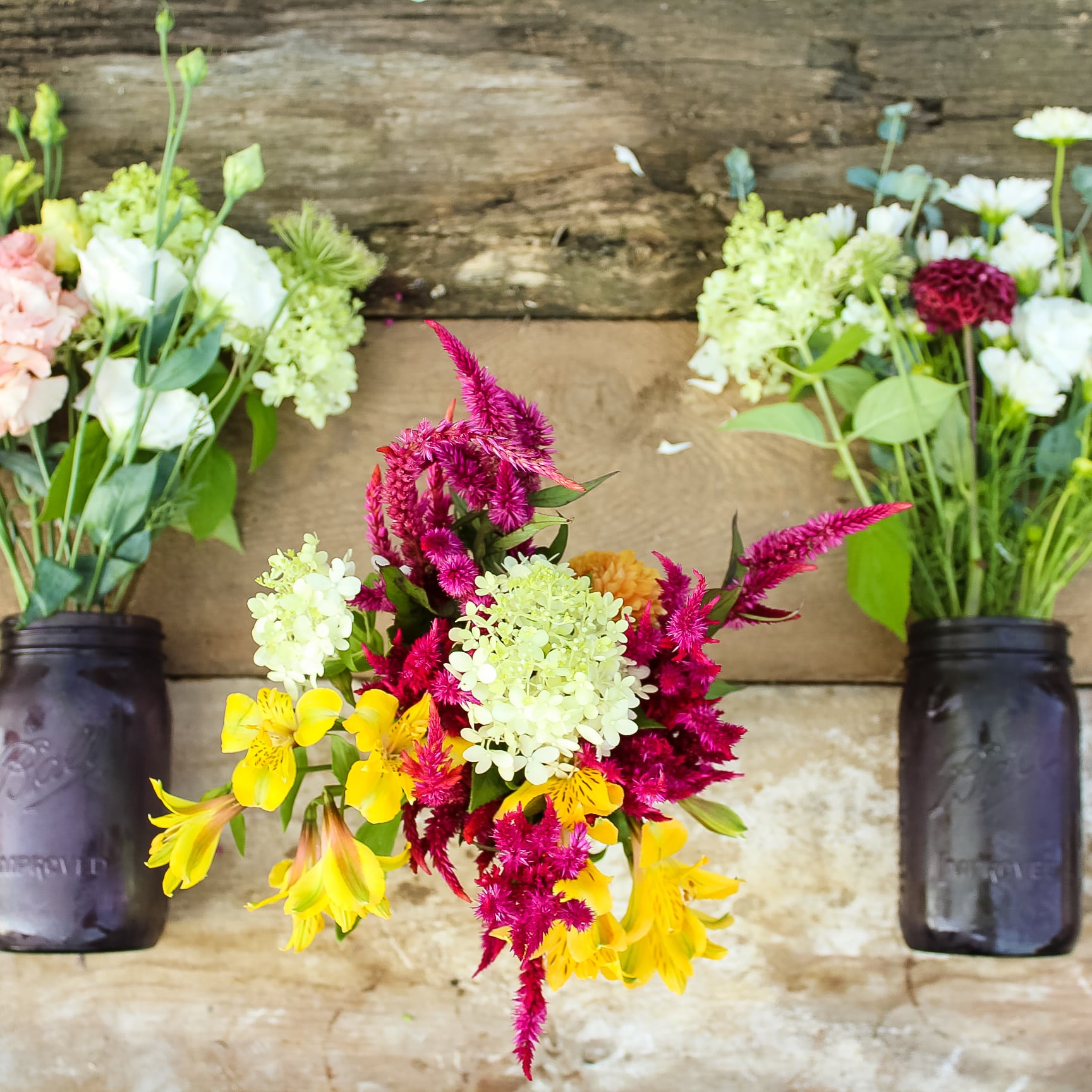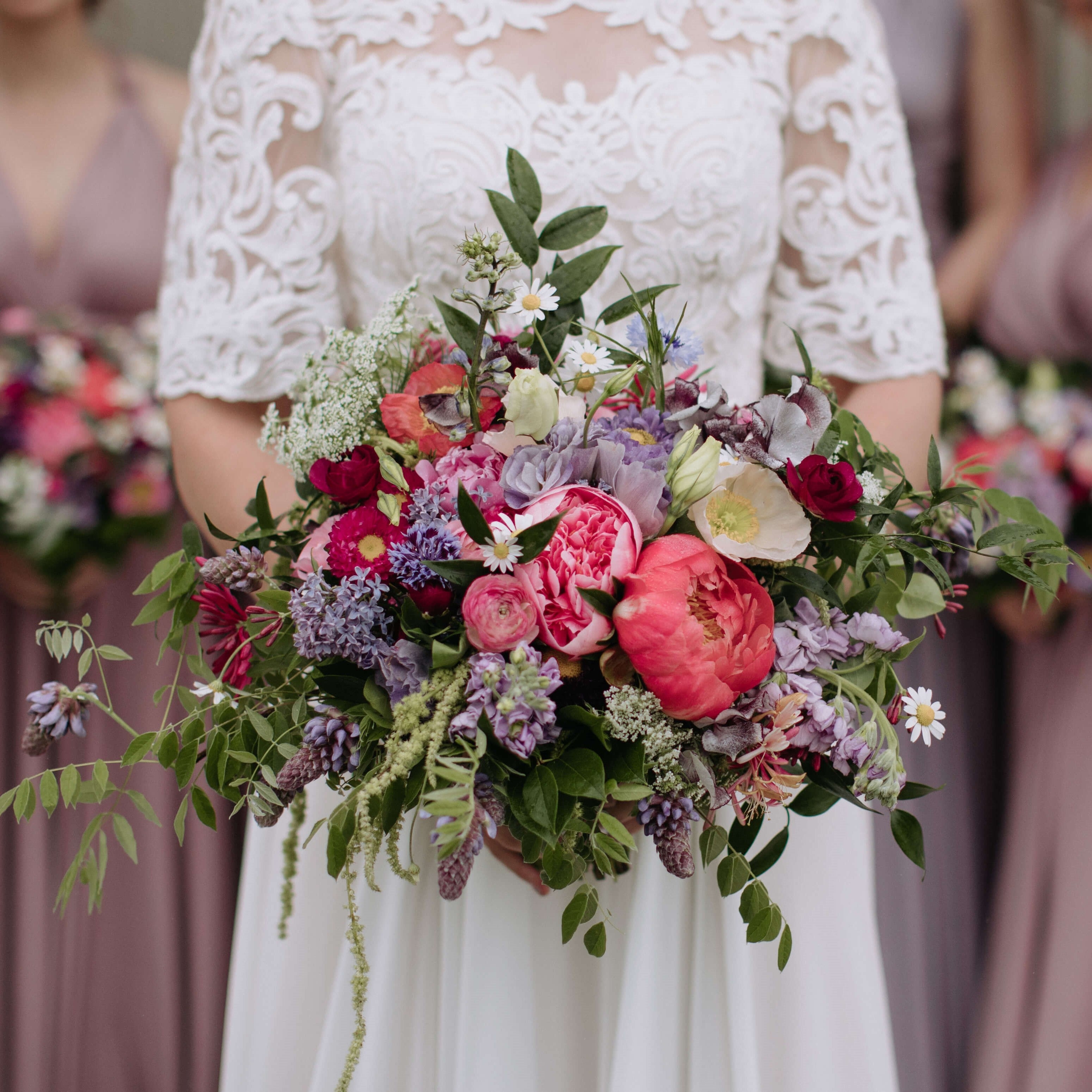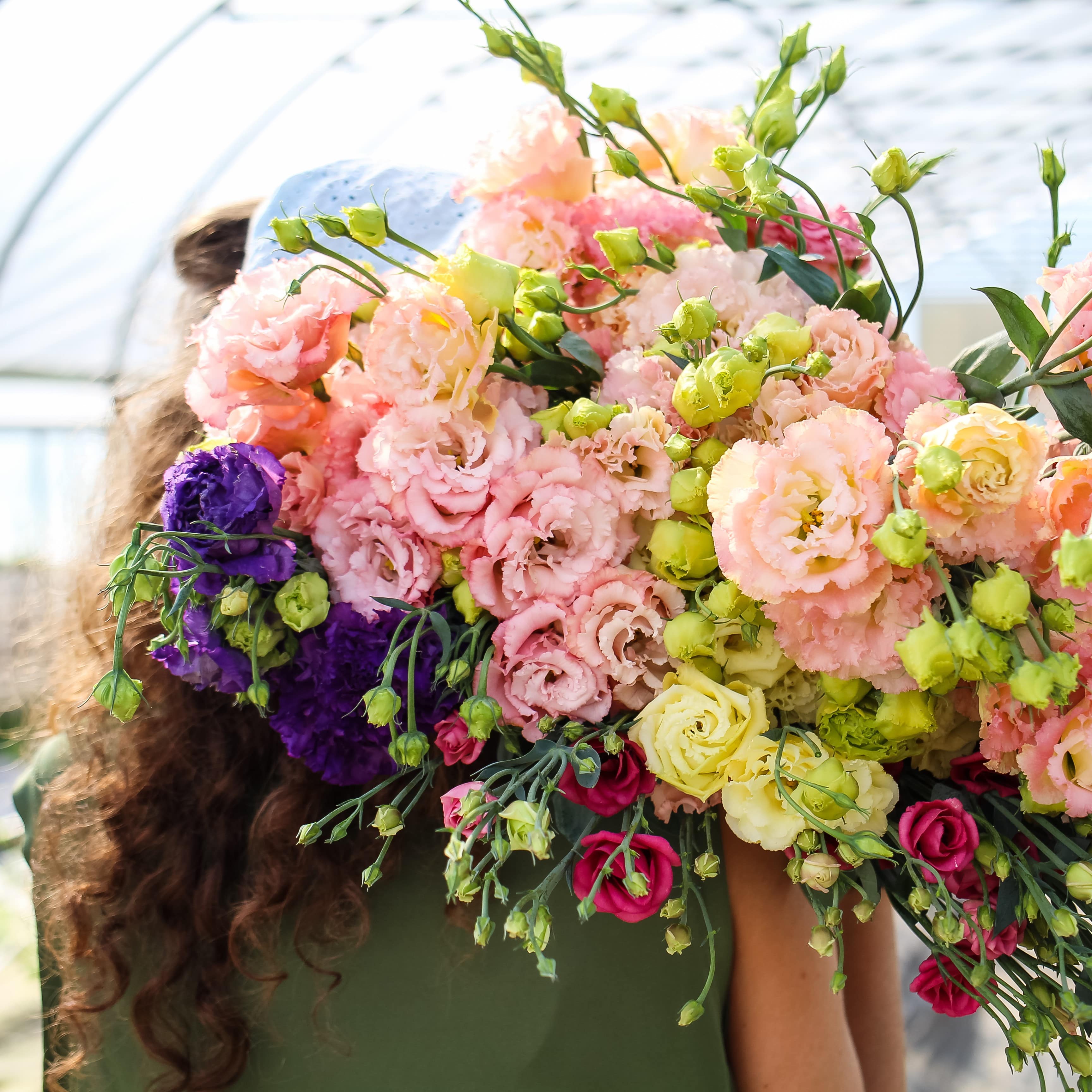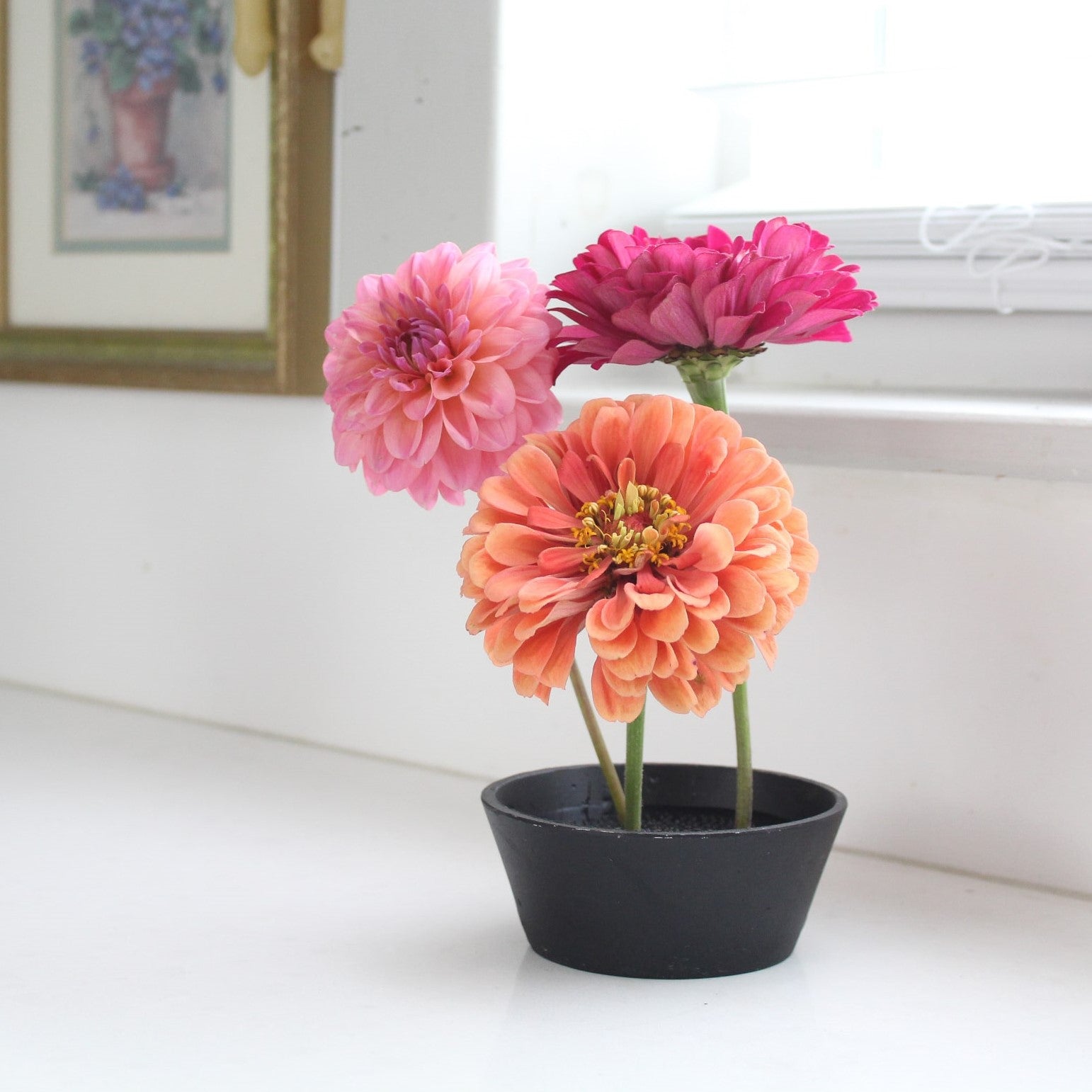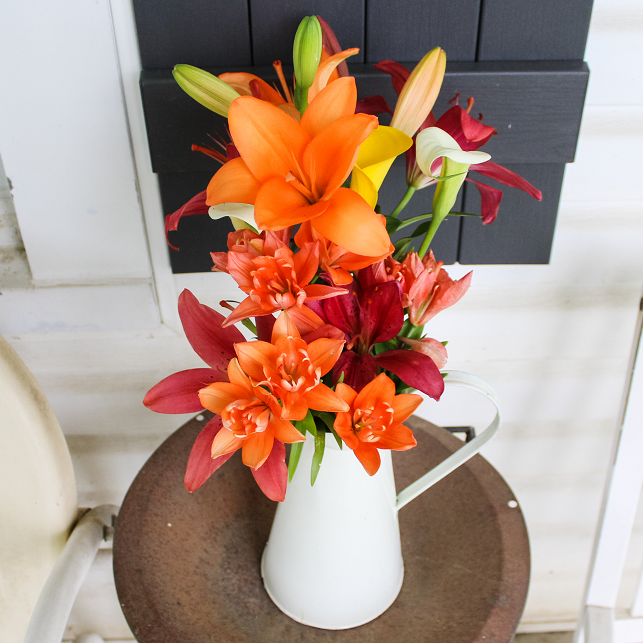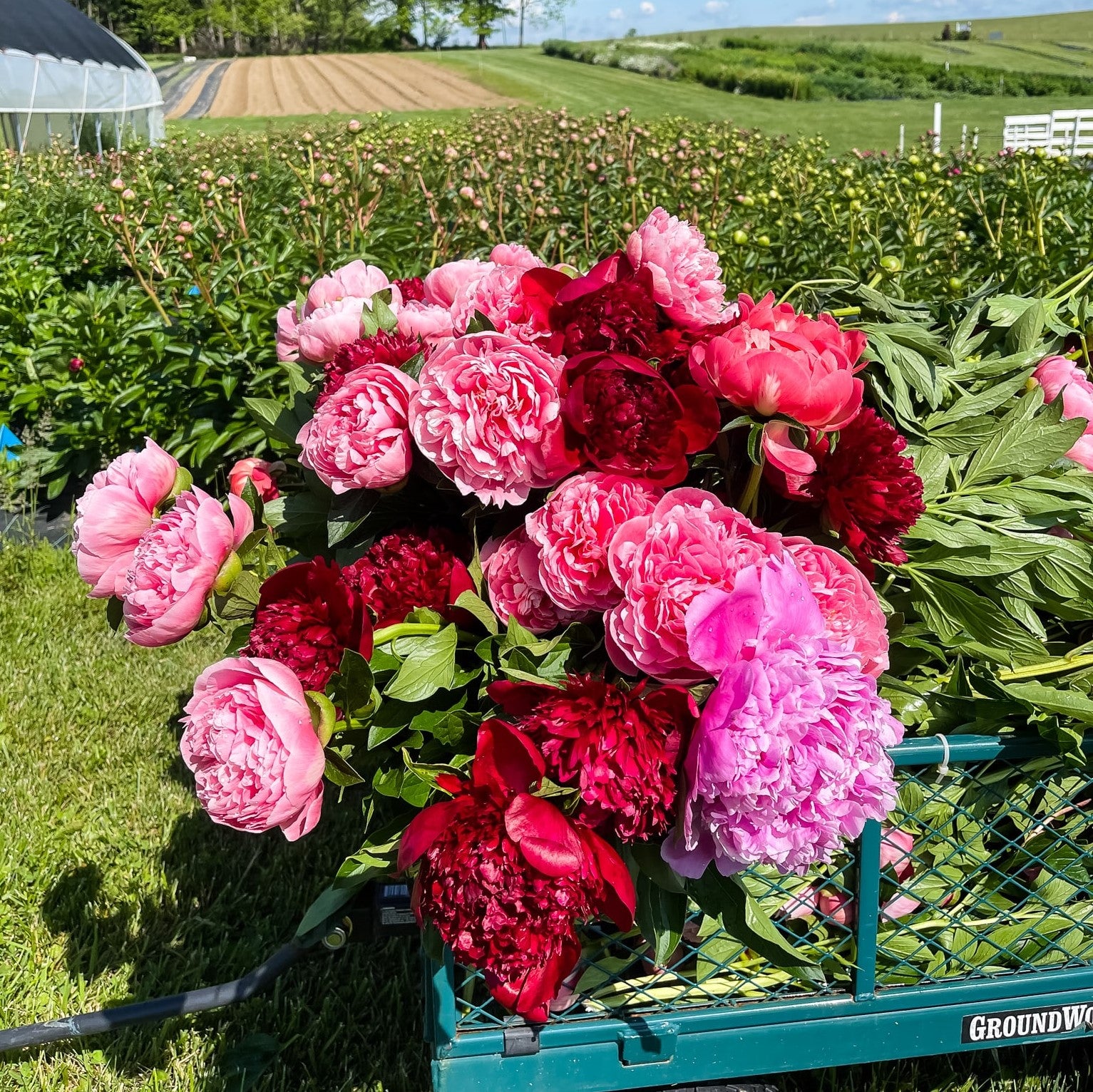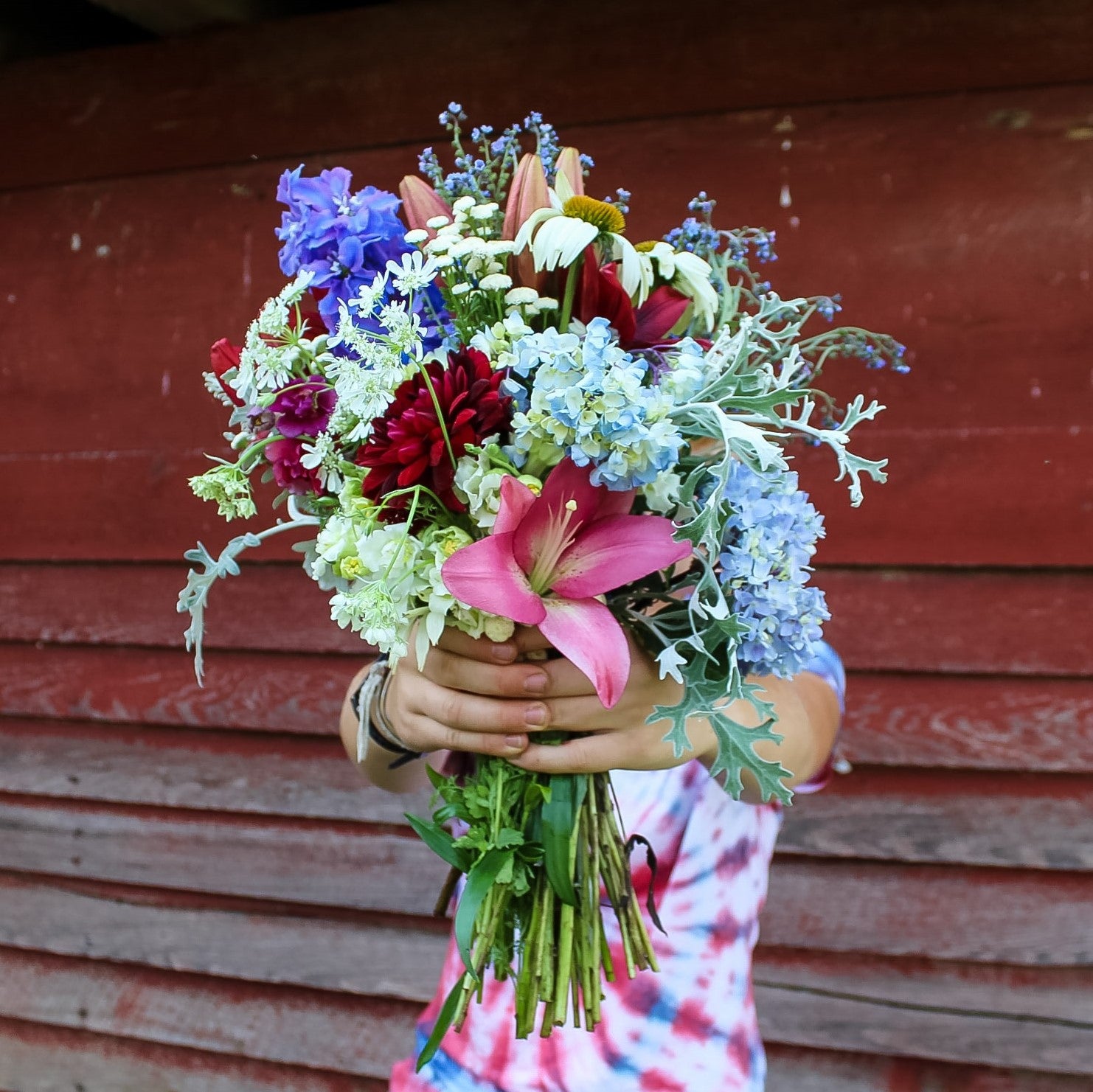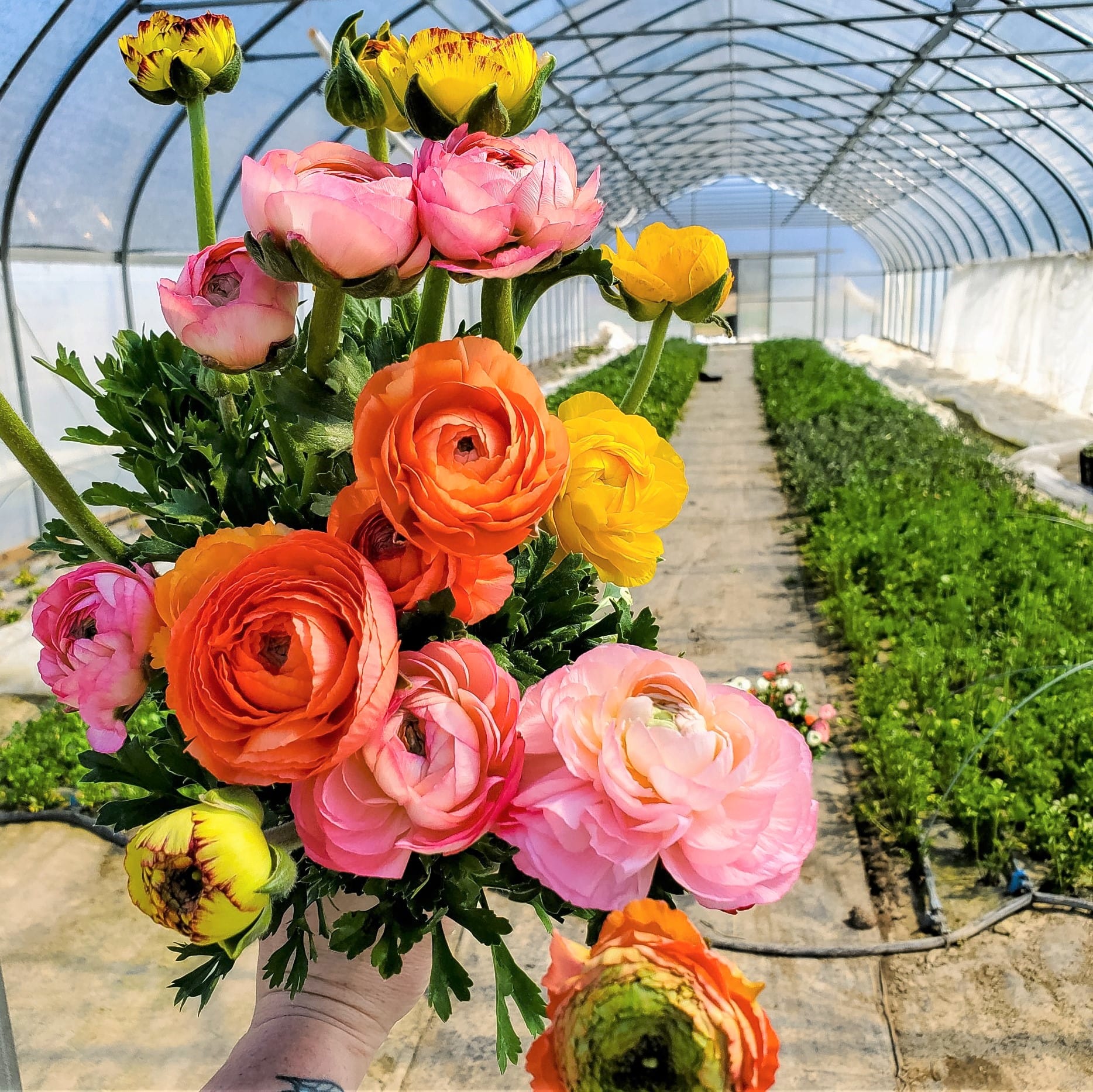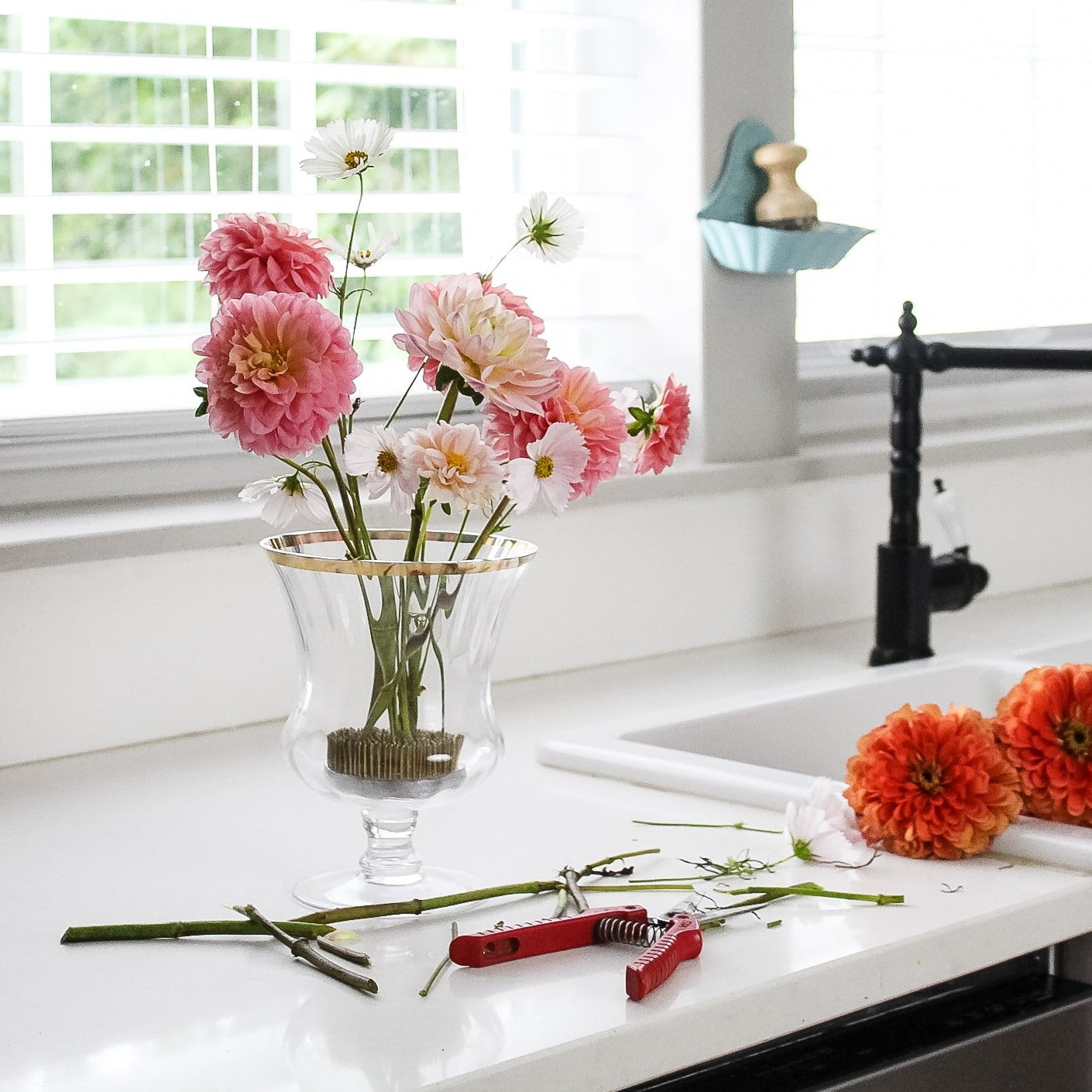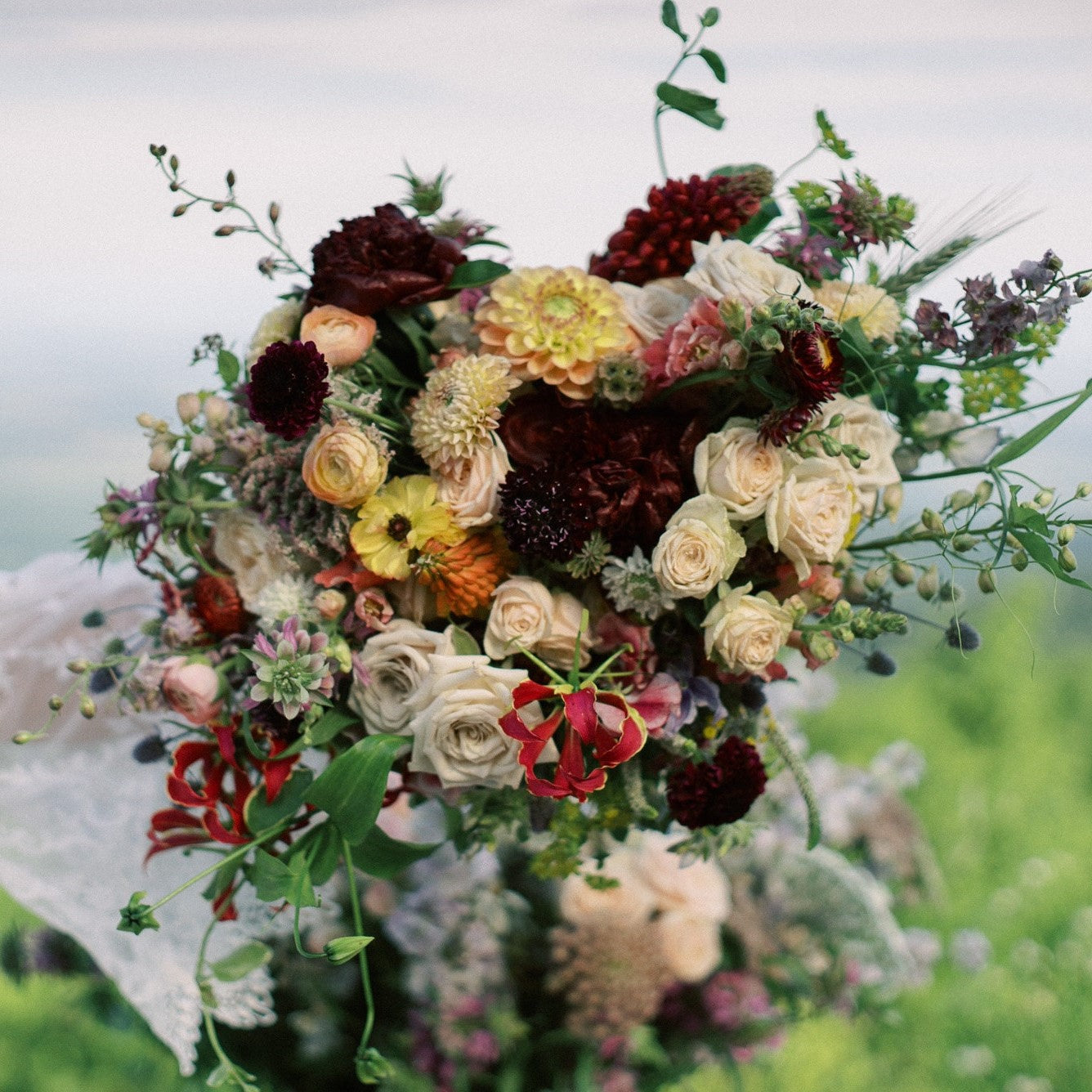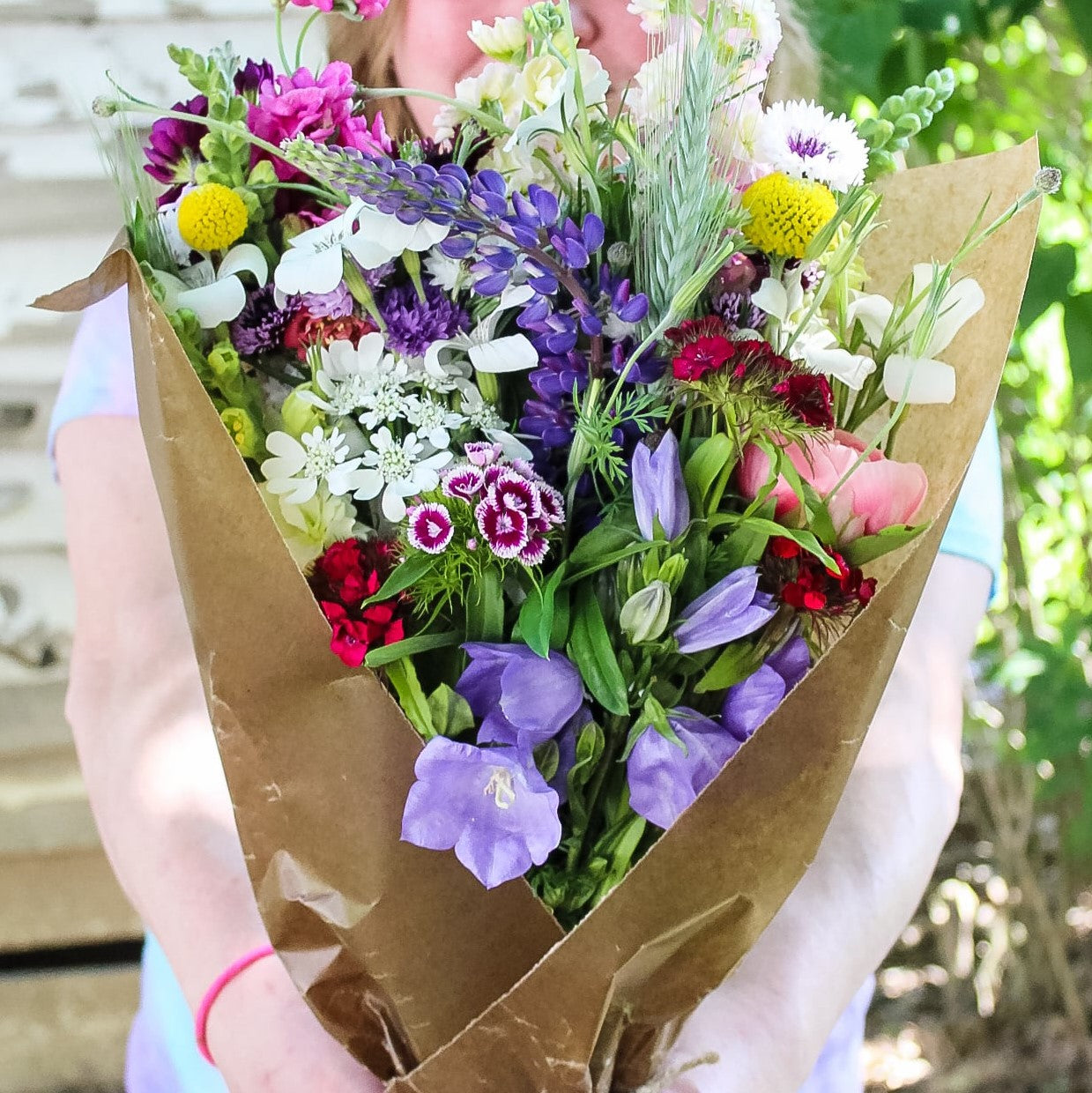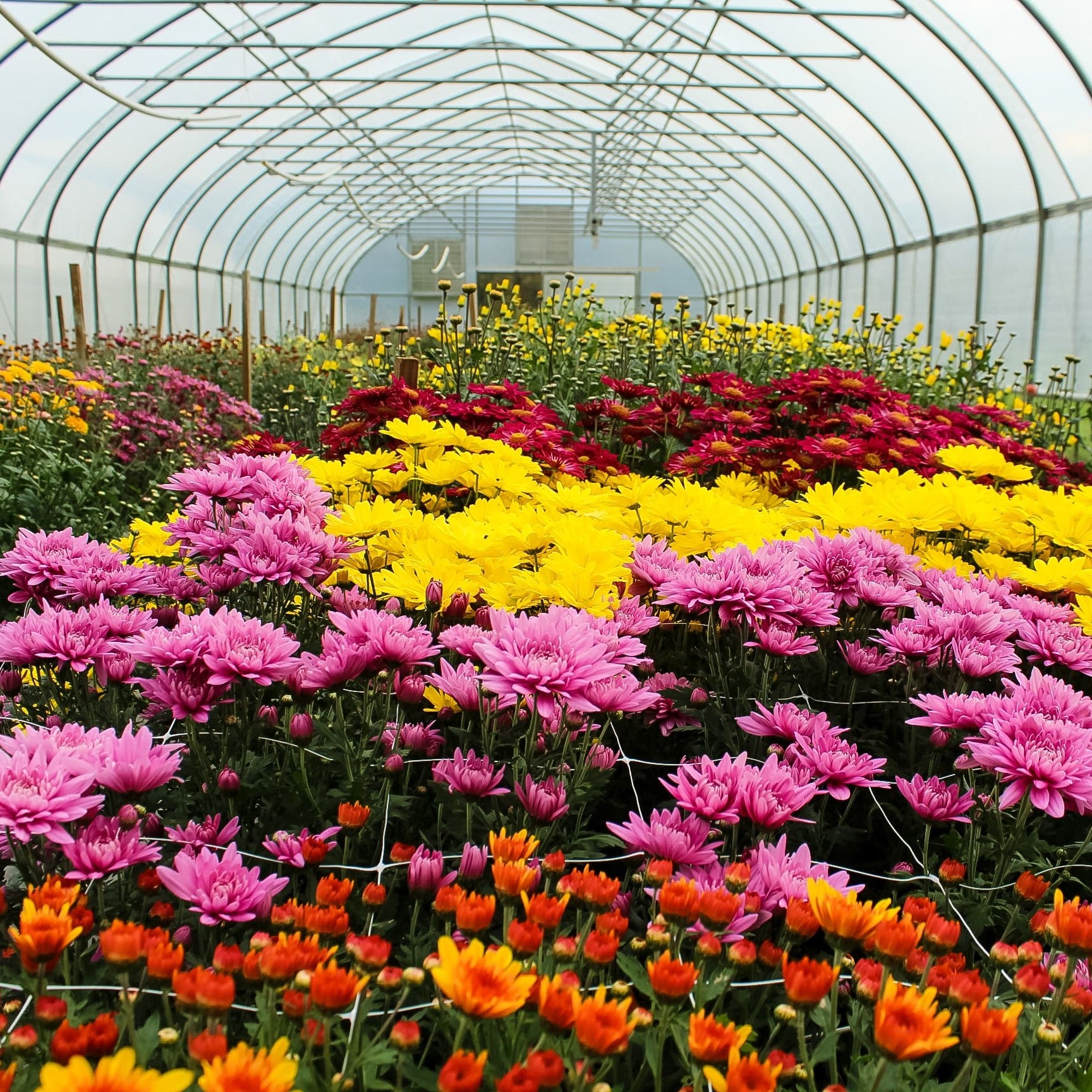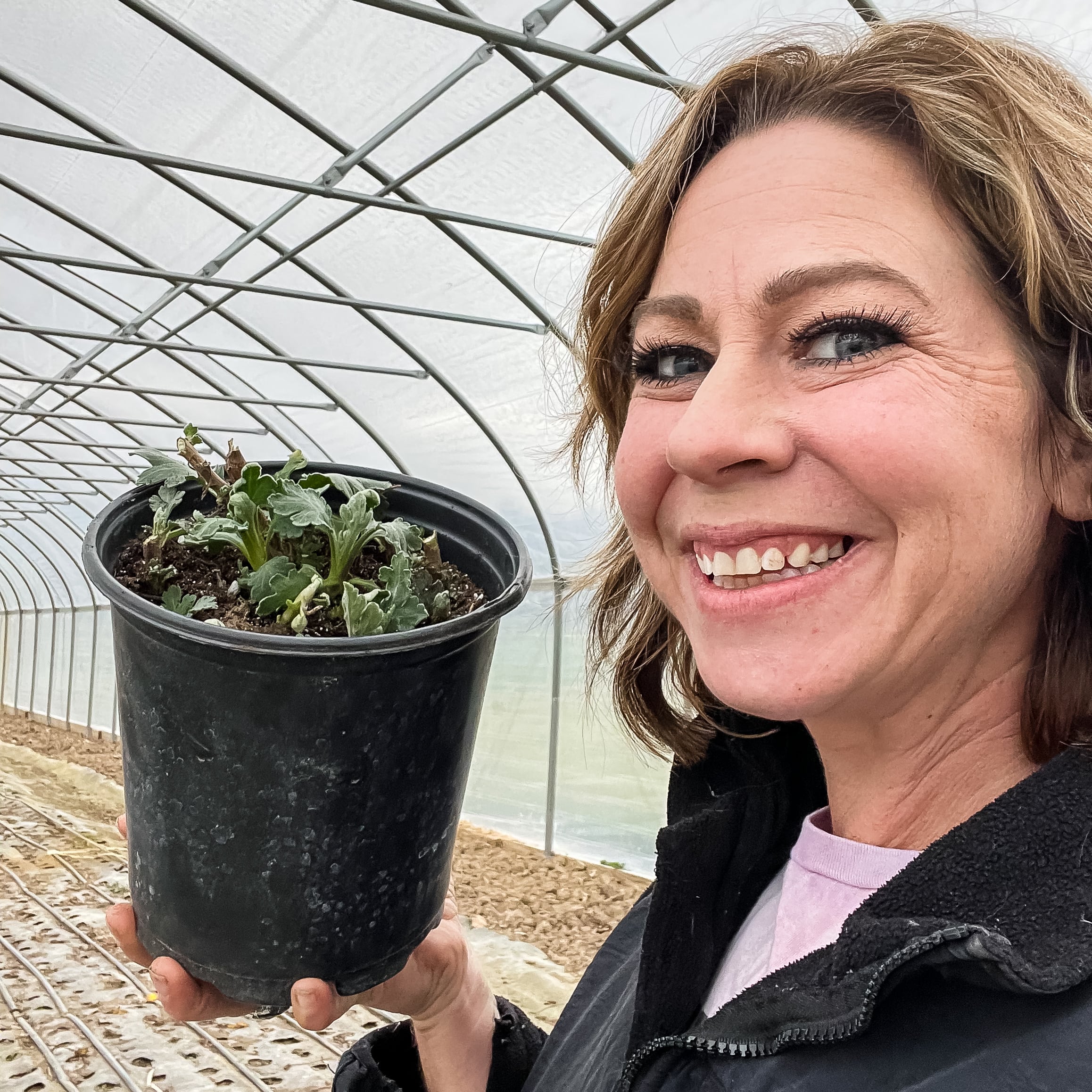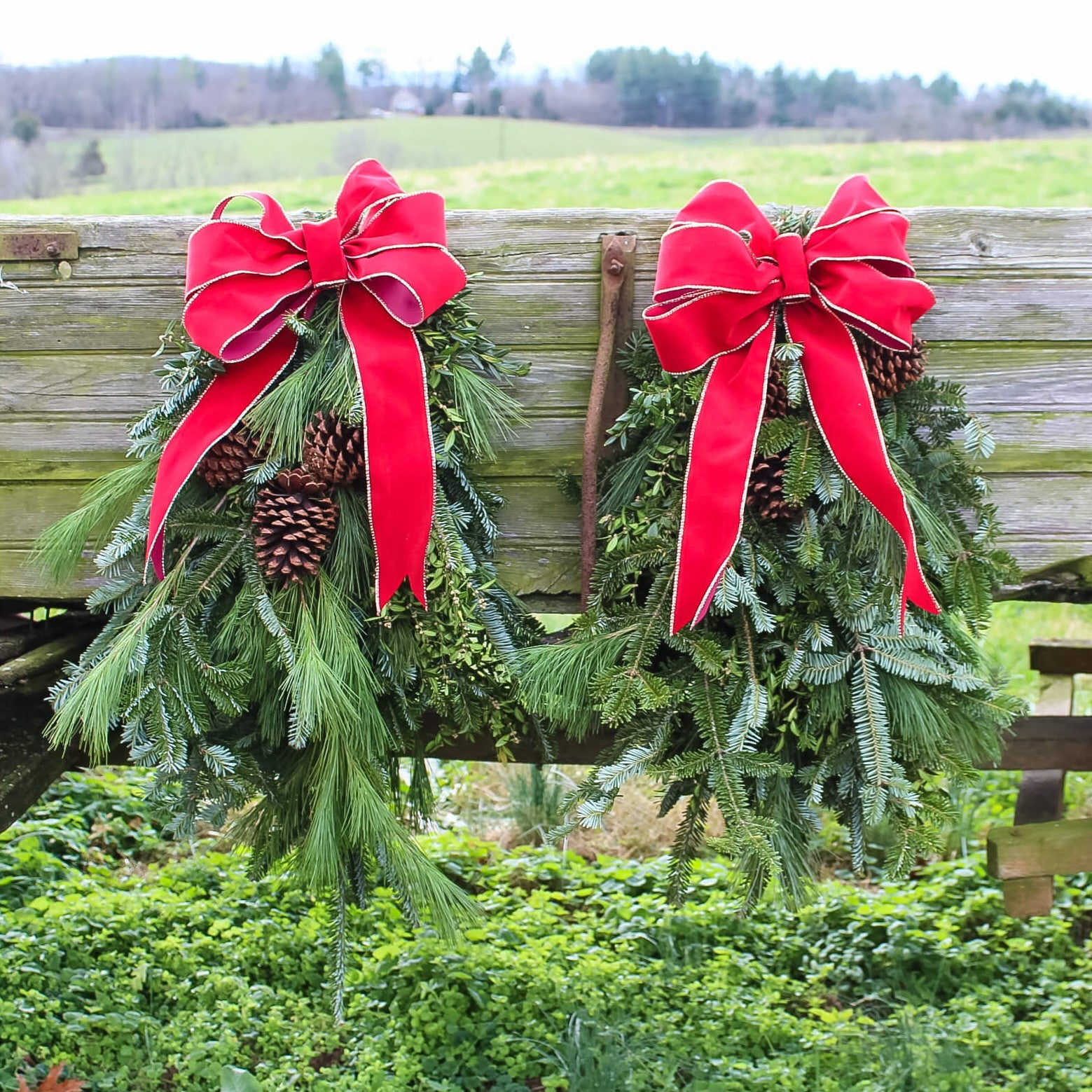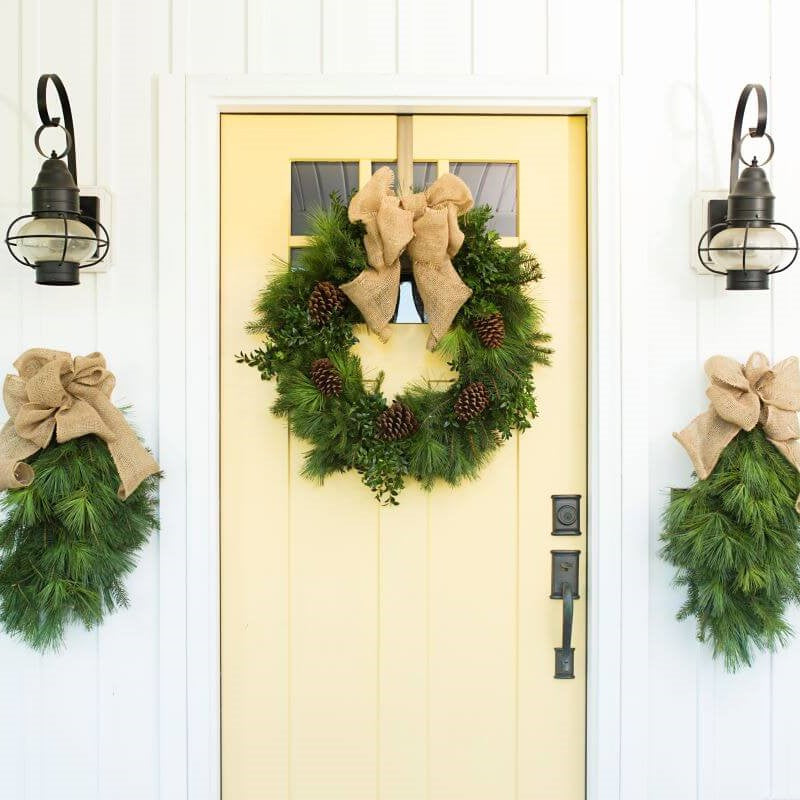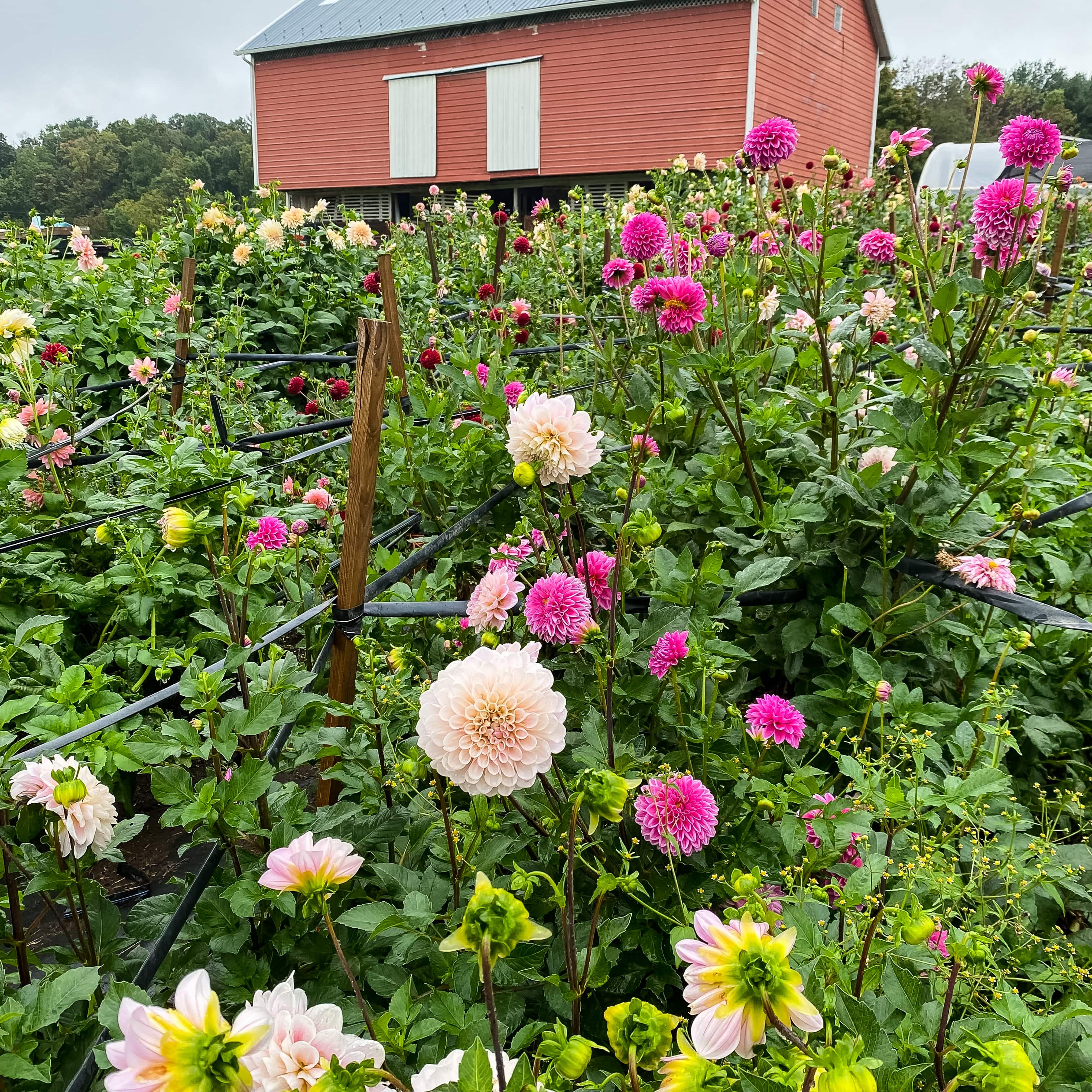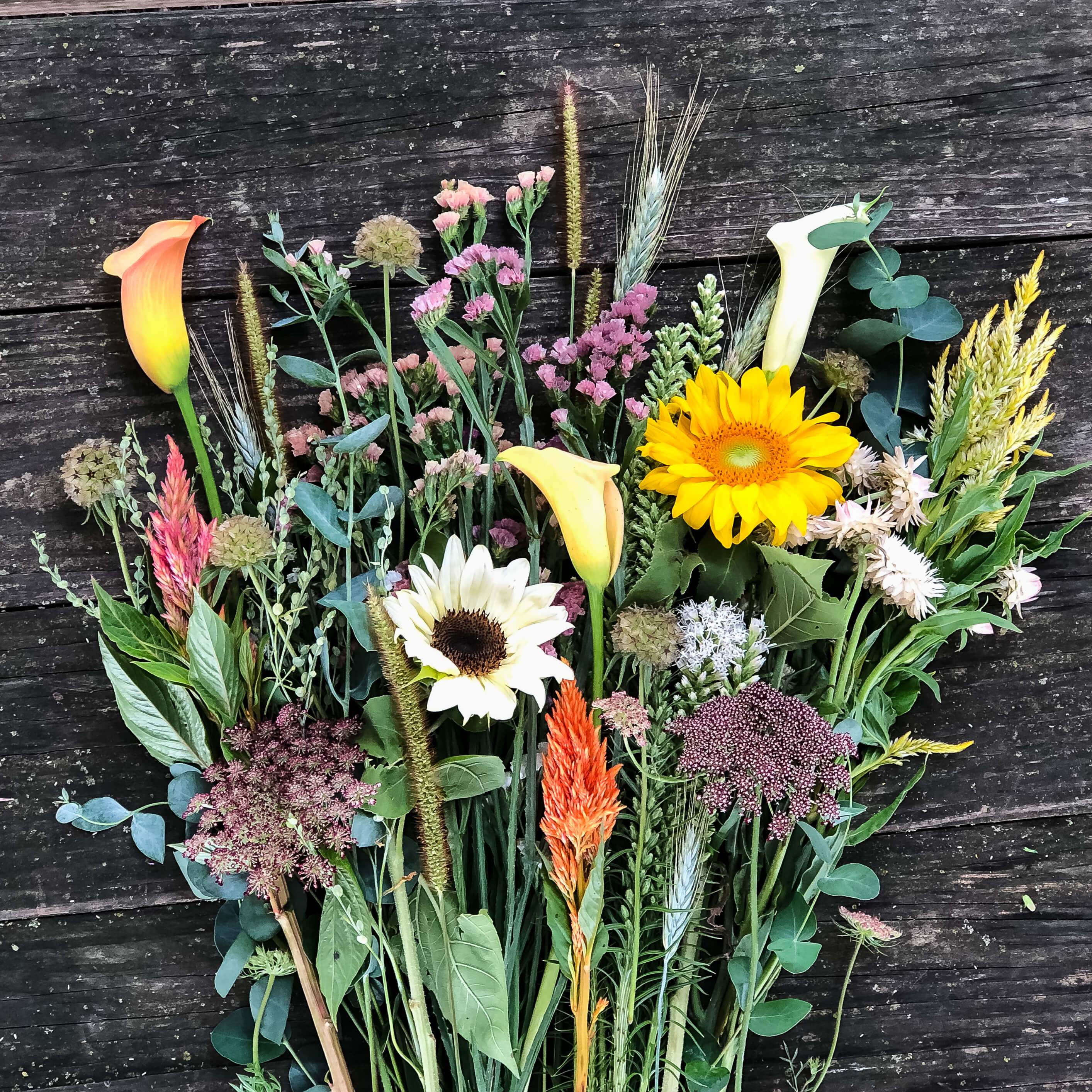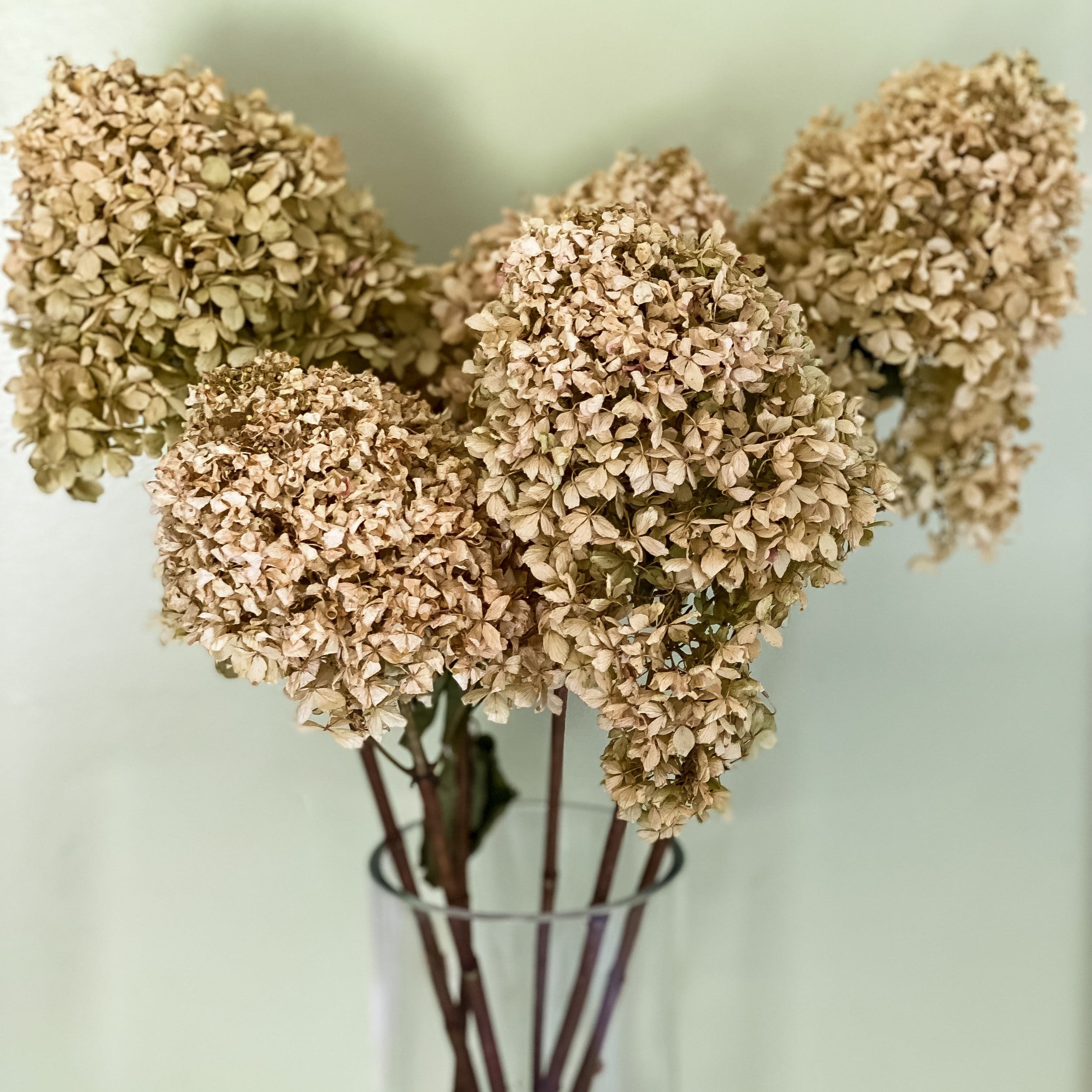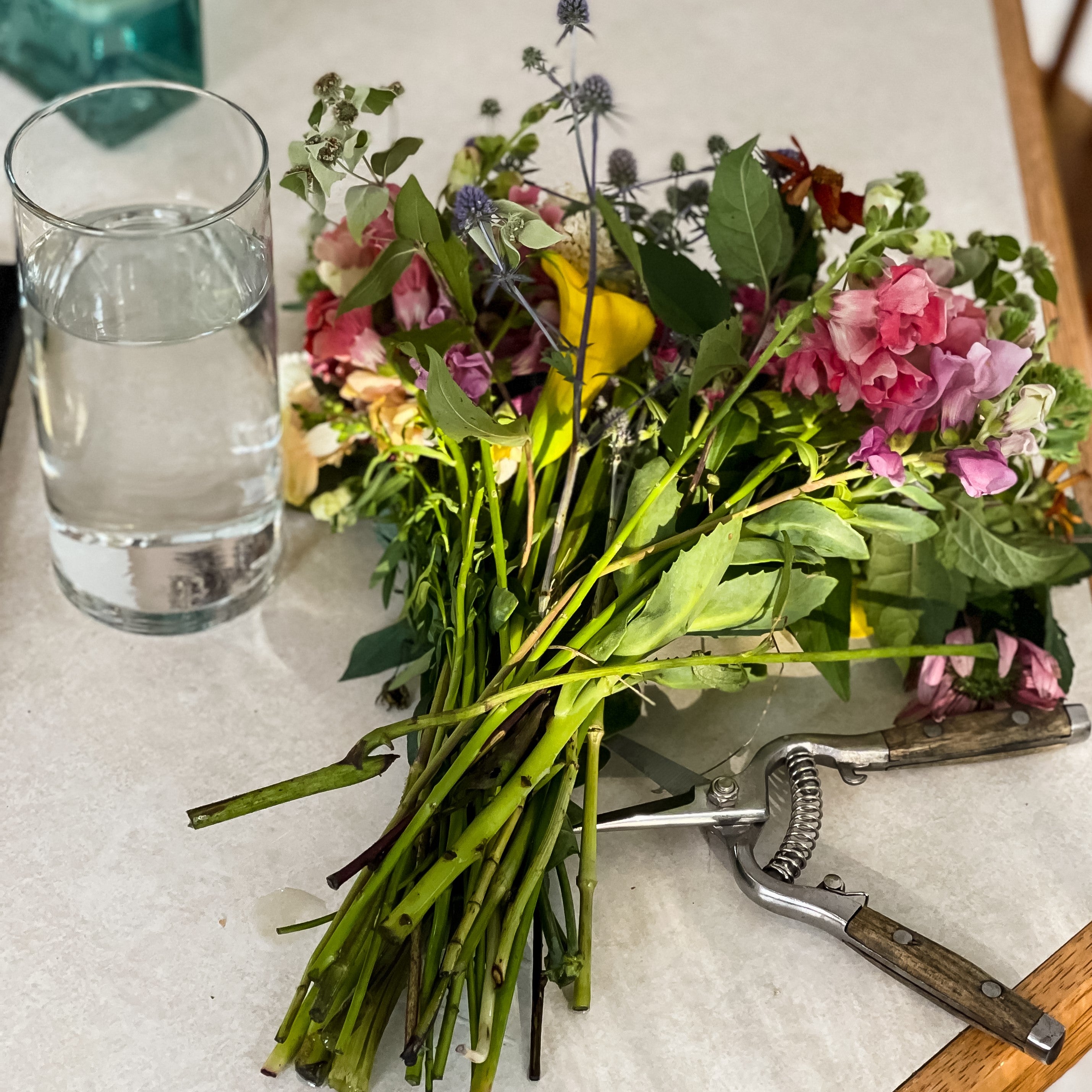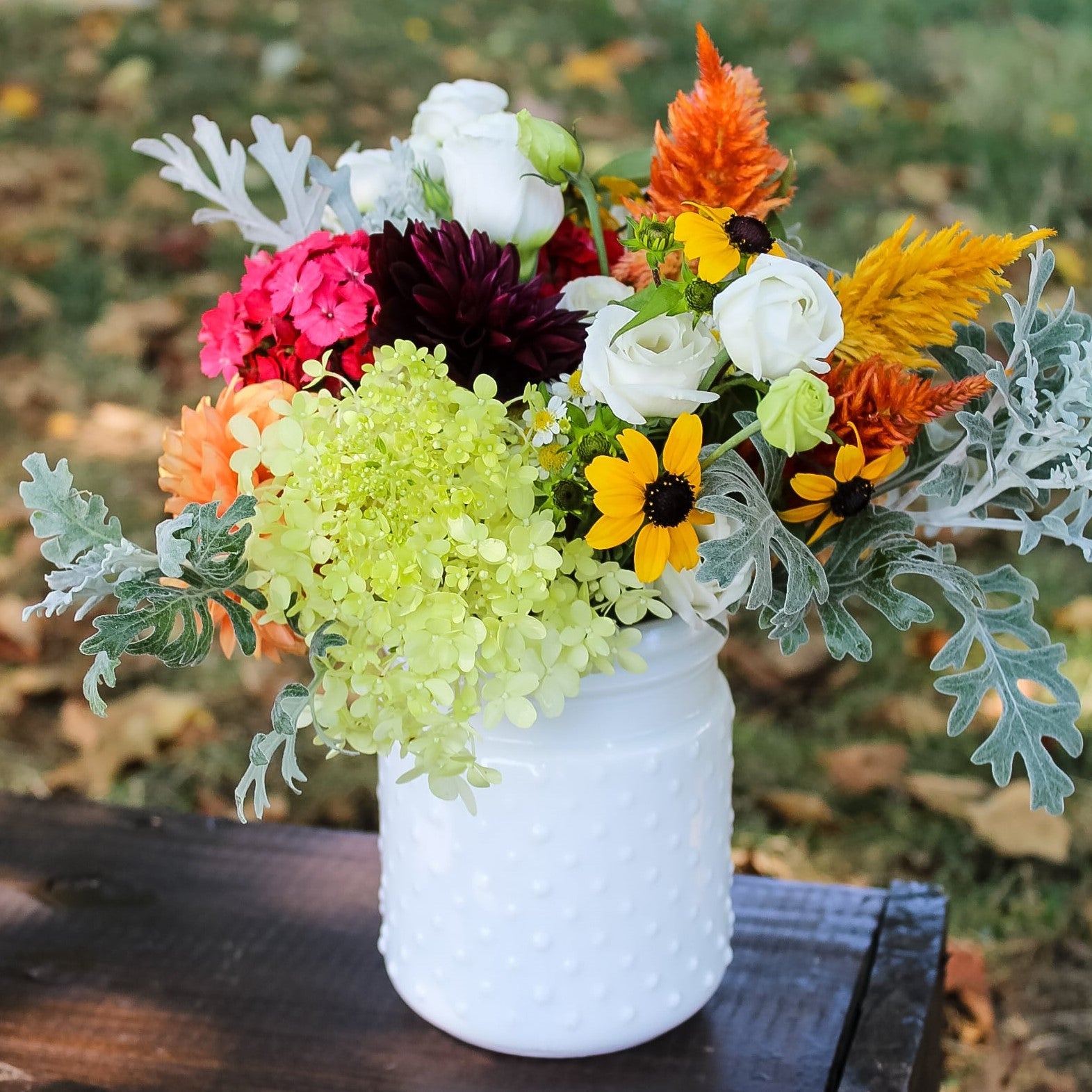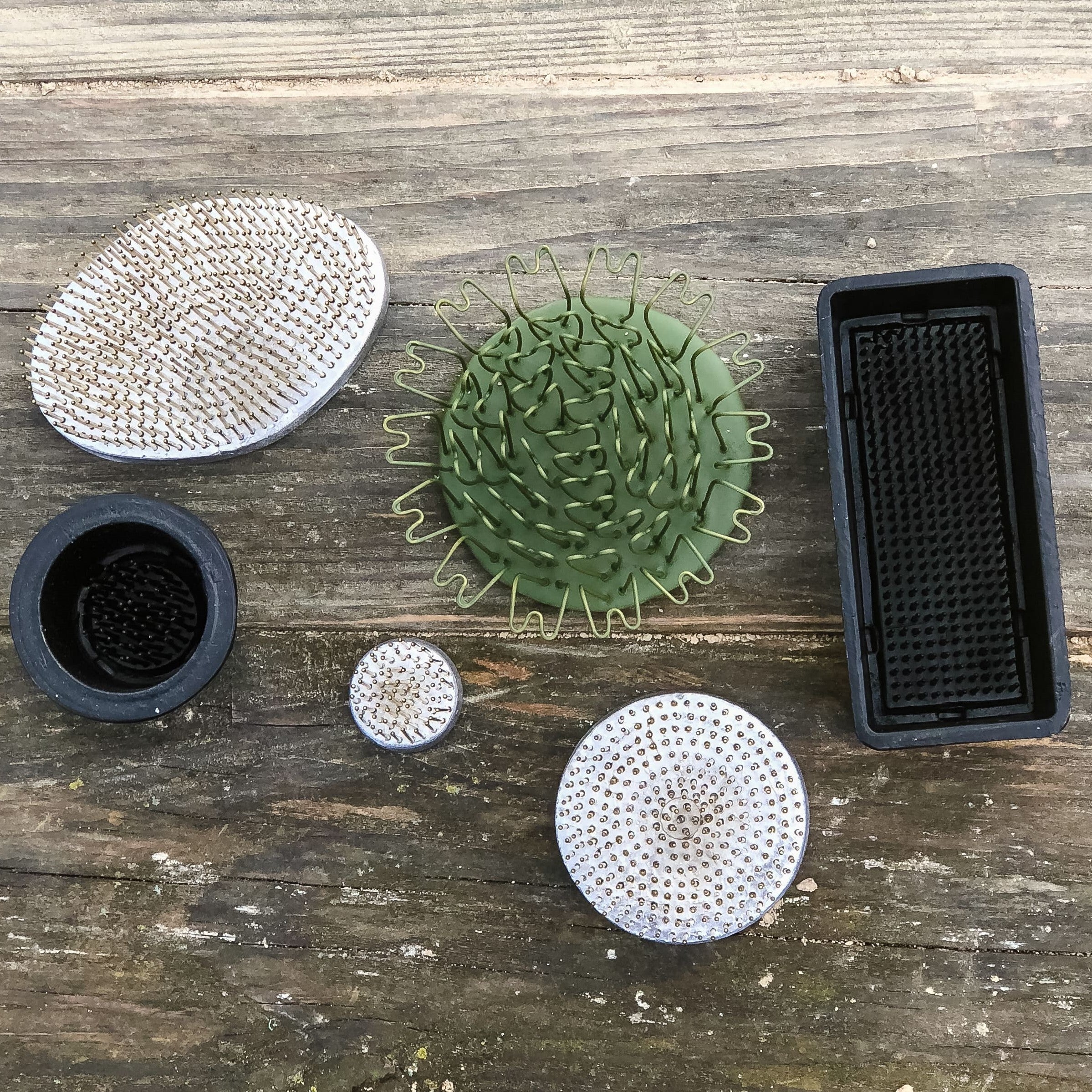Hi there, Mack (HHF’s resident floral designer), here again! For most here at the flower farm (and I suspect a large portion of people in the floral industry), it’s always hard to answer the question, “what’s your favorite flower?” Because when you work with so many different varieties every day, you have a lot of favorites - depending on the season, your mood, the ease of growing, what it brings to a design, or even a sentimental attachment (my mom loves peonies, so I love peonies). The point being, there are so many beautiful flowers out there that it’s impossible to pick just one. That being said, there’s one flower that’s always in my personal top three, and it’s cosmos. While these are easily found in home gardens and florist coolers, I still think they’re underrated (just because something is common doesn’t mean it isn’t overlooked) - so let’s talk about them!
For the history nerds:
Cosmos are true natives to Mexico and Central America, which is where they were first cultivated and domesticated. The word cosmos comes from the Greek “kosmos,” which means both “order” and “world,” and is likely named for the orderly arrangement of the petals. I went on a little bit of a deep-dive on both the history and of the etymology of this flower, because I kept coming across the same story about Spanish missionaries who named and cultivated these flowers in their exploration of Mexico, but I couldn’t find any credible sources to back this up - it seems to be more lore than historical fact. What I did find with more credible sources is that Spanish explorers were the ones who brought the species back to Europe around the 16th century, and the flower was named by Spanish botanist Antonio José Cavanilles in 1791. The flowers then traveled to England, and while cosmos are native to our neighbors in Central America, they did not reach the U.S. until the 1800’s - but once they were here, they settled in as a naturalized species and have become a staple in American culture, gardens, and floral design.

Growing and care:
There are a few reasons cosmos are such a great addition to both home gardens and our own flower fields. First, they can be grown in almost all of the hardiness zones in the U.S. - they’re considered annuals in most regions (zones 2-11), although they’ve been known to self-seed and return year after year in warmer areas (zones 9-11). They’re also easy to plant, as they can be direct seeded and germinate quickly. Once you’ve got them established, they thrive on neglect - mature cosmos are drought-tolerant and while deadheading helps them continue to bloom into fall, you can otherwise leave them alone for the most part. Even though cosmos aren’t true natives to the U.S., they’re wonderful pollinators that attract bees, butterflies, and other beneficial insects, and they’re also pest and disease resistant. On top of all that, they’re great cut flowers that, when harvested when the petals are just opening, have a vase life of 4-6 days with care (frequent vase water changes, recutting stems, keeping out of direct sunlight) - despite how delicate they look!
 |
 |
Cosmos in floral design:
Here at HHF, the number one design request we get is for a “wildflower” look - loose, organic, romantic, and whimsical. Cosmos are perfect for this - these beauties are both simple and delicate, with a fluttery, airy quality that gives a “just picked from the garden” fantasy. Their colors have such a range that makes them work in almost any color palette - from simple white, to soft pinks, yellows, and apricot, to jewel-toned magenta, to deep chocolate brown. They also have wonderfully long stems that make them perfect for floating above the rest of the flowers in your arrangement to add to an unstructured, modern design. I find that they add so much character to any design I add them to, especially when layered with heavier flowers such as dahlias. And the best part is that because cosmos are so easy to grow in most of the U.S., they’re SO easy to source locally and sustainably - whether you buy them from your local flower farm or grow them in your own cutting garden, they’re readily available when they’re in season.
 Photo by Golden Hour Elopement
Photo by Golden Hour Elopement
Look, everyone has their preferences when it comes to their favorite flowers - there are a few that I personally dislike that might be someone else's favorite - but cosmos check a lot of boxes: easy to grow, great for pollinators, great for cutting, great for designing…what’s not to like?

